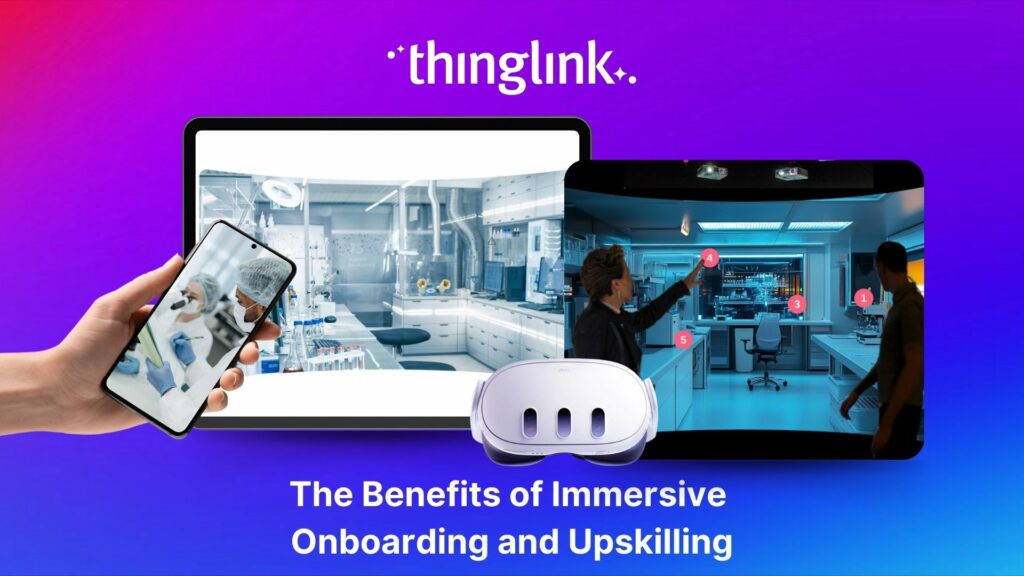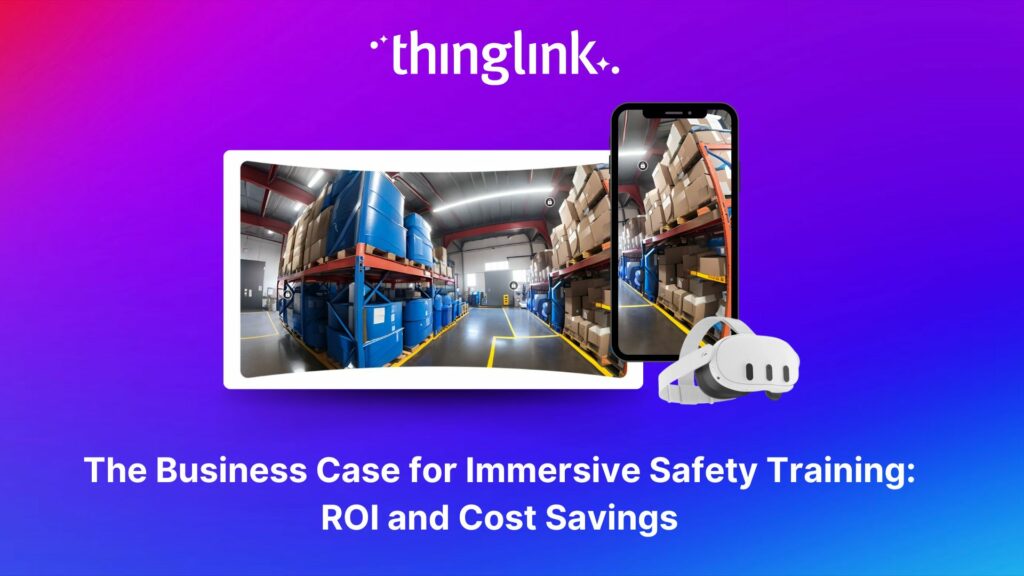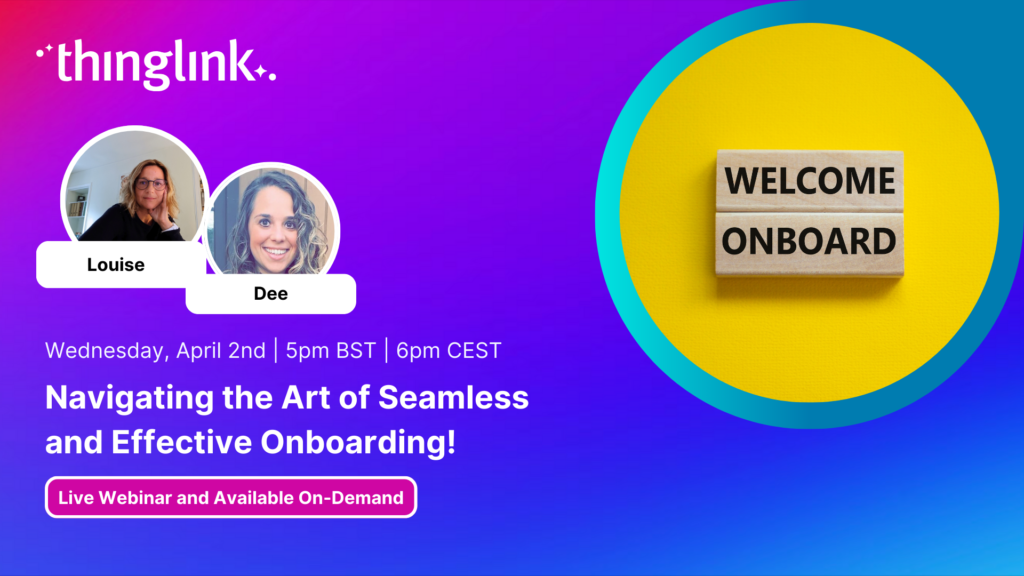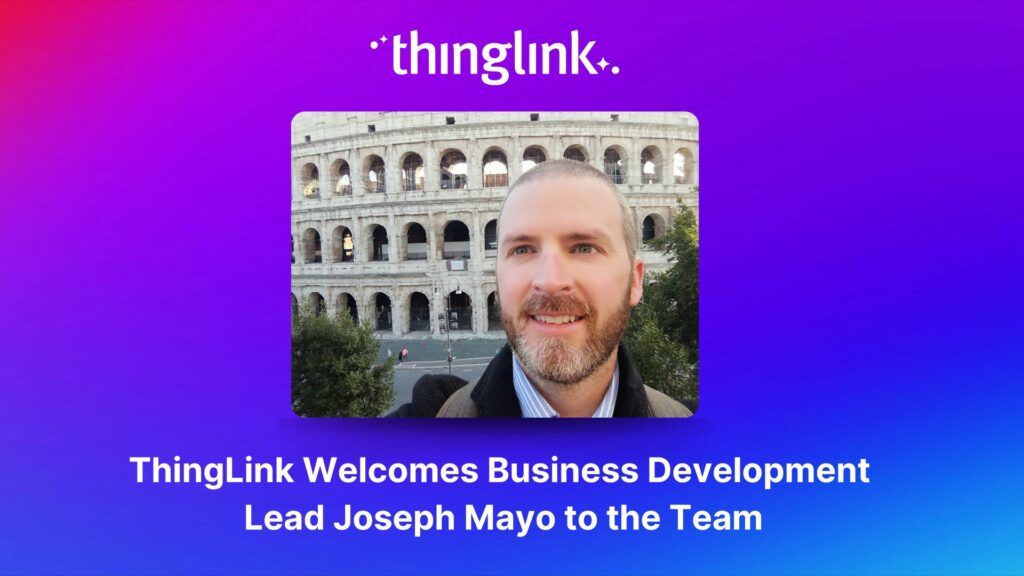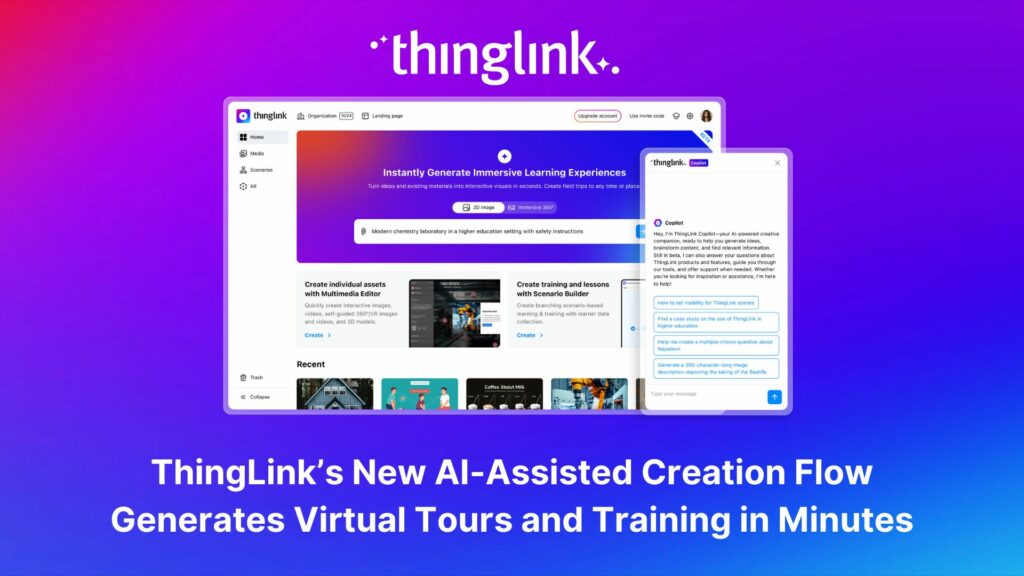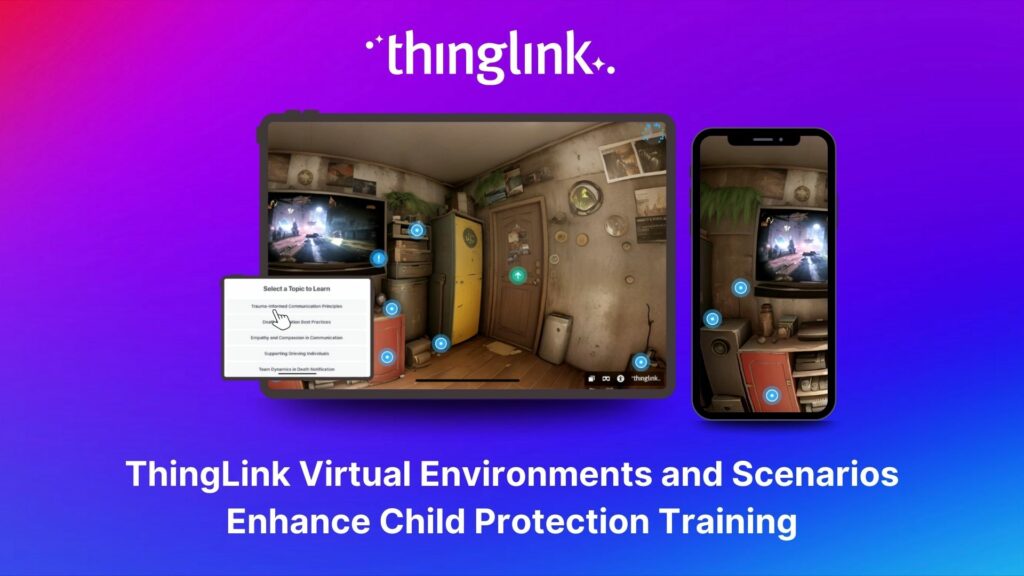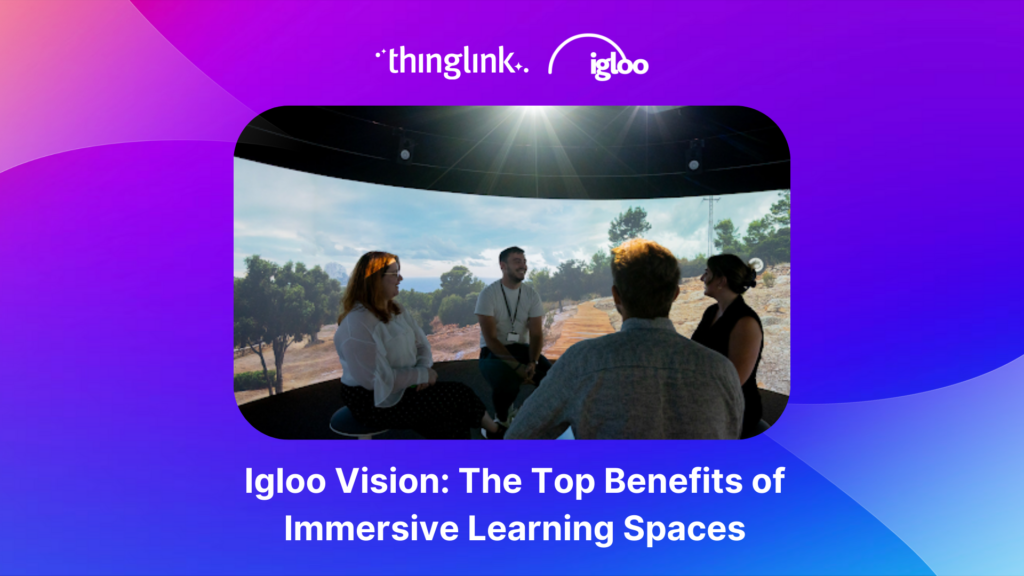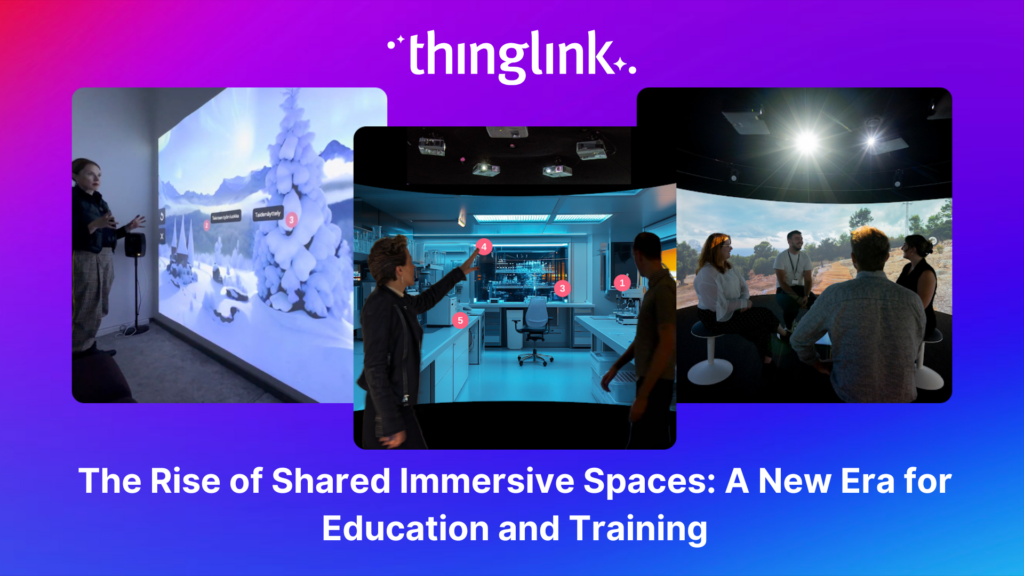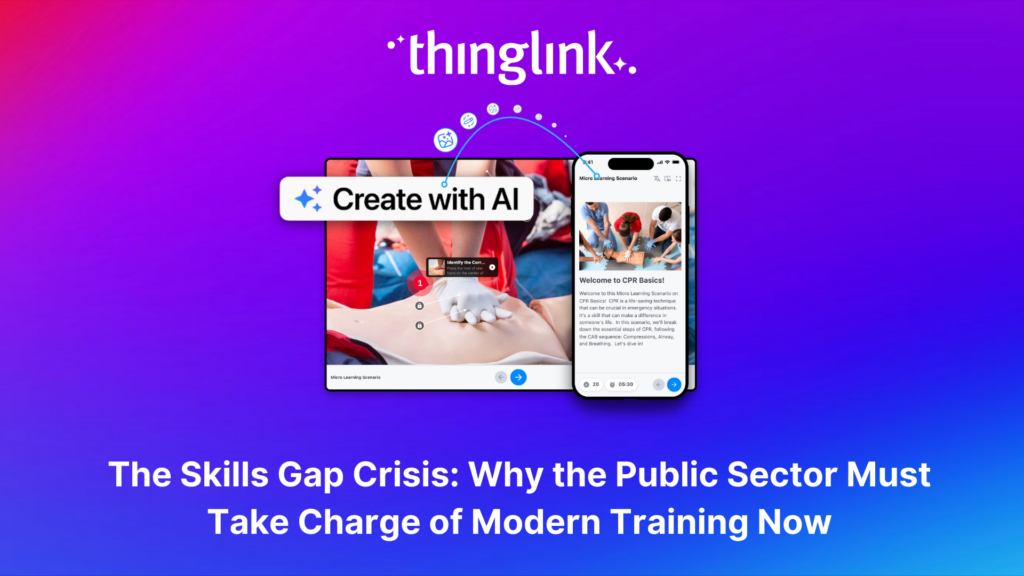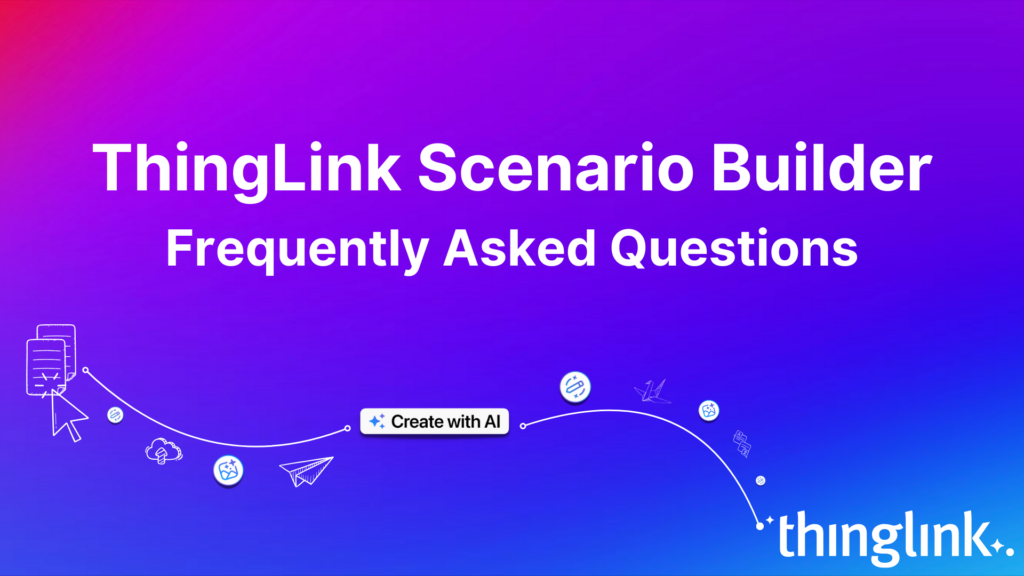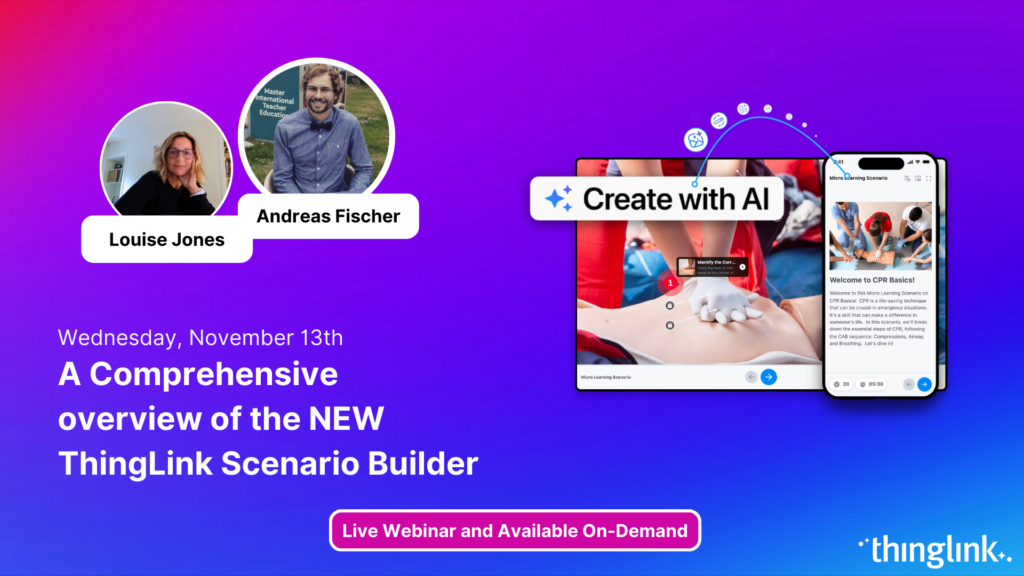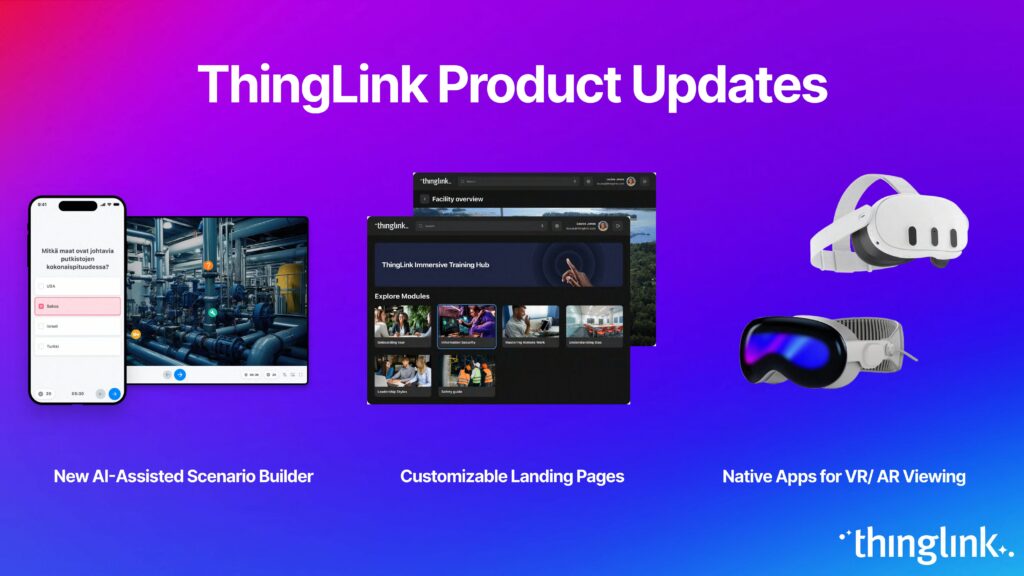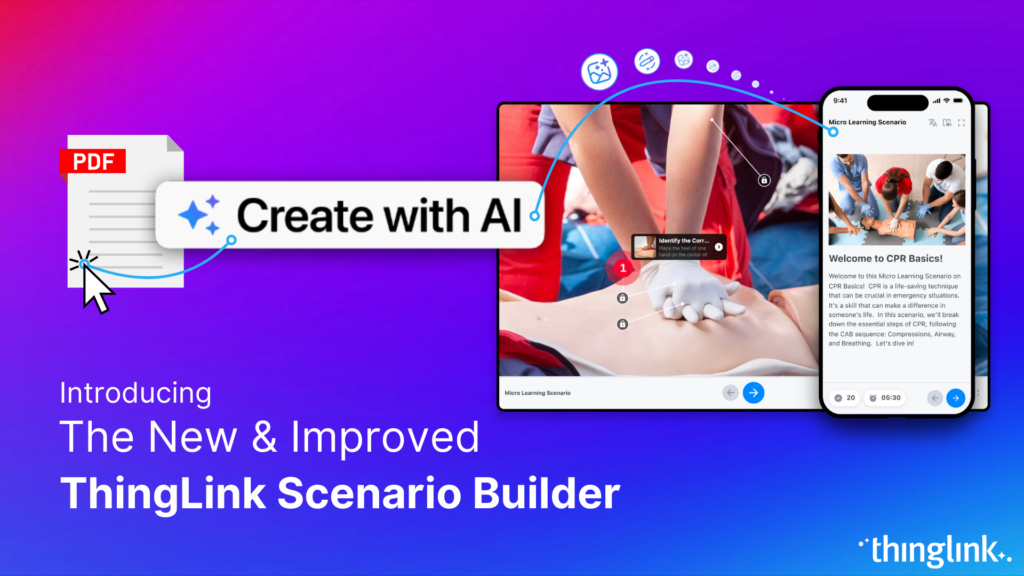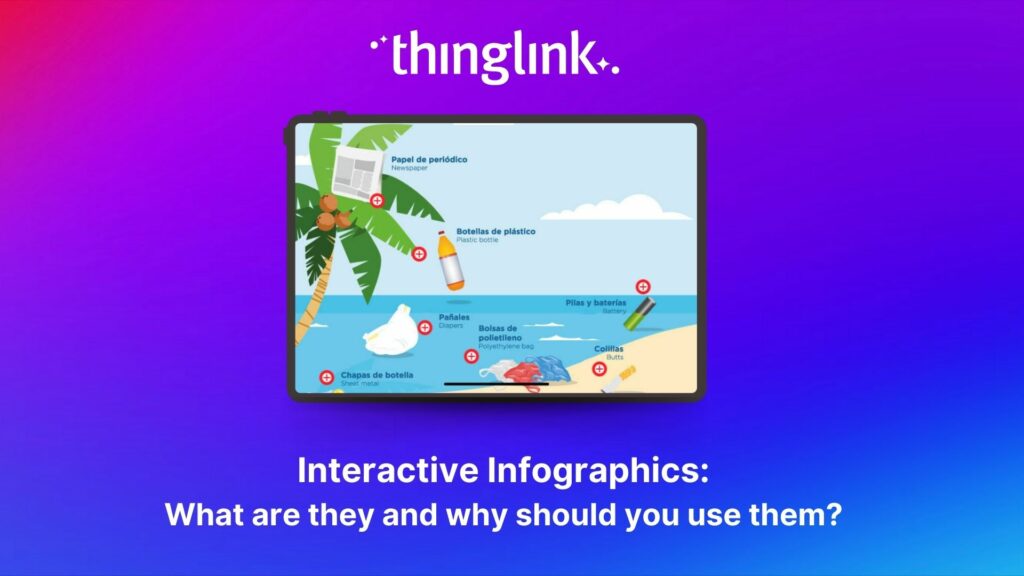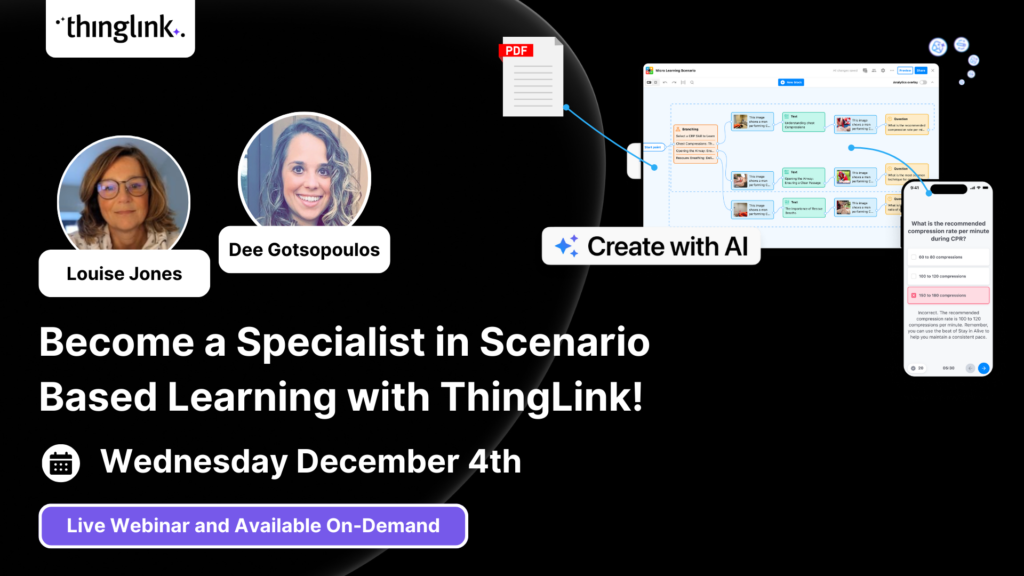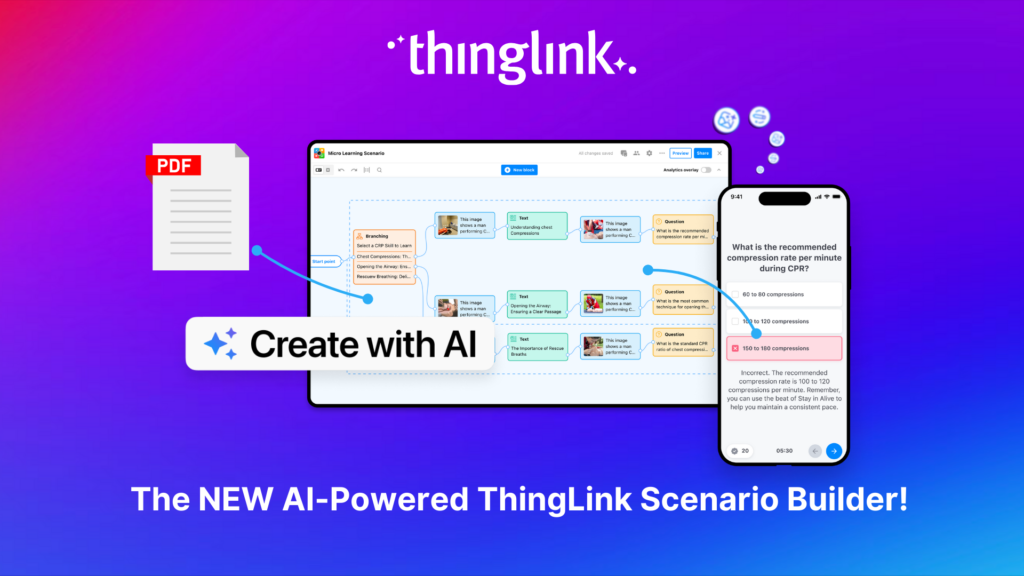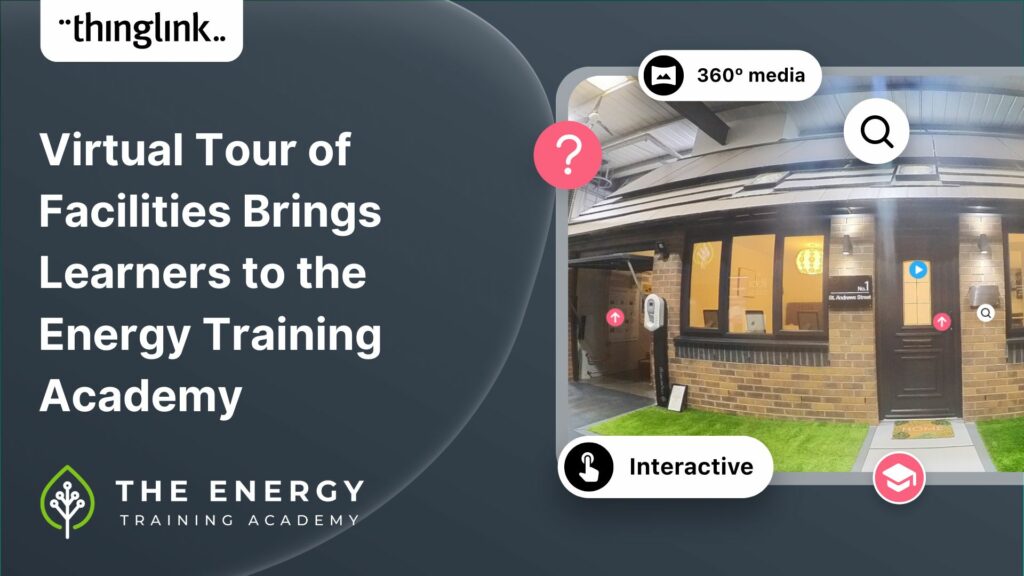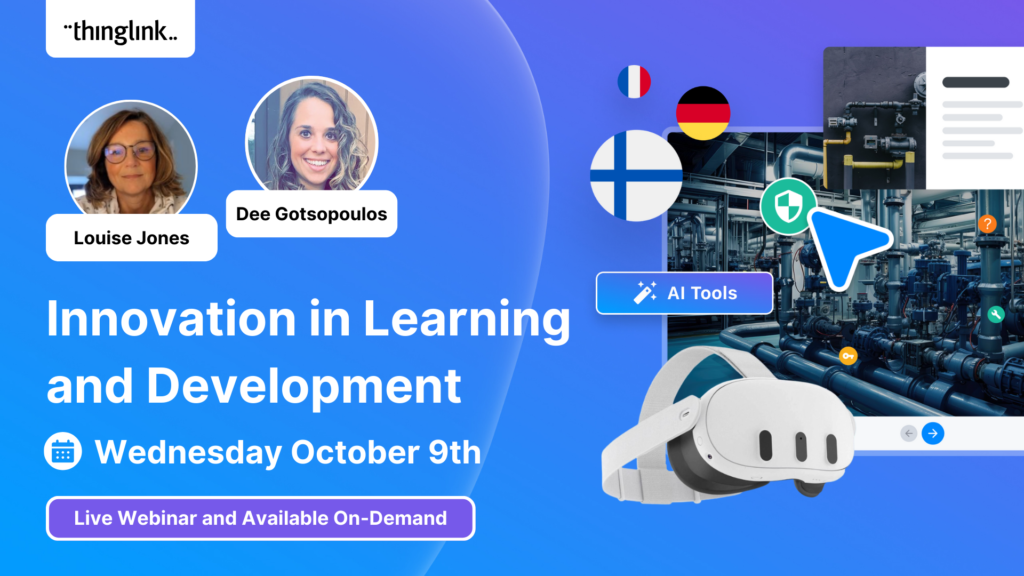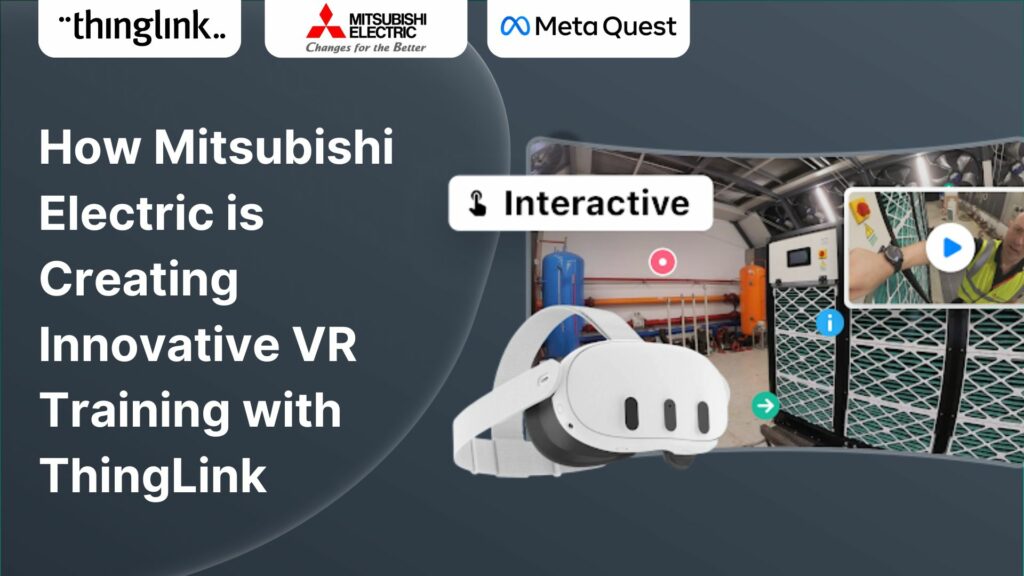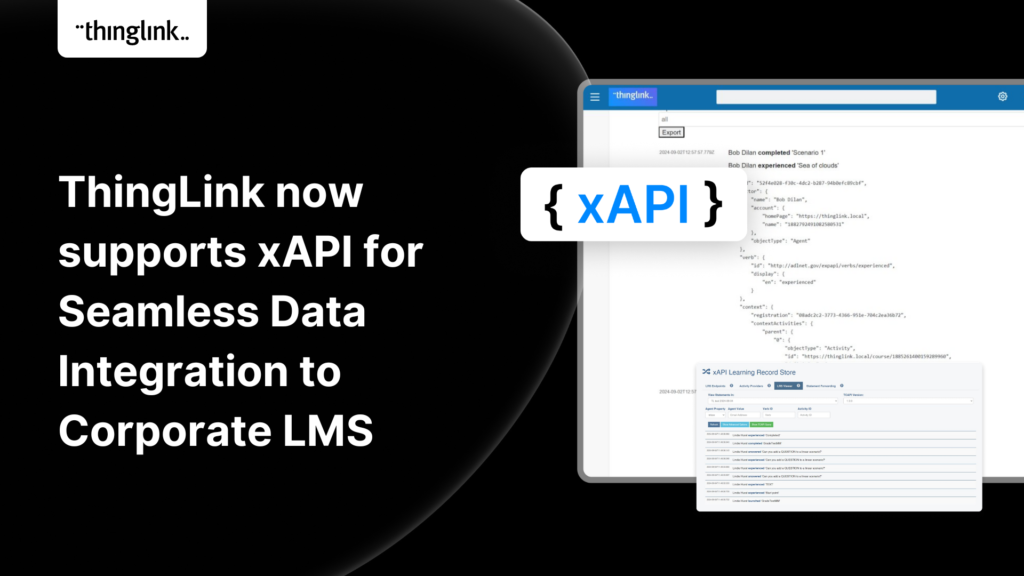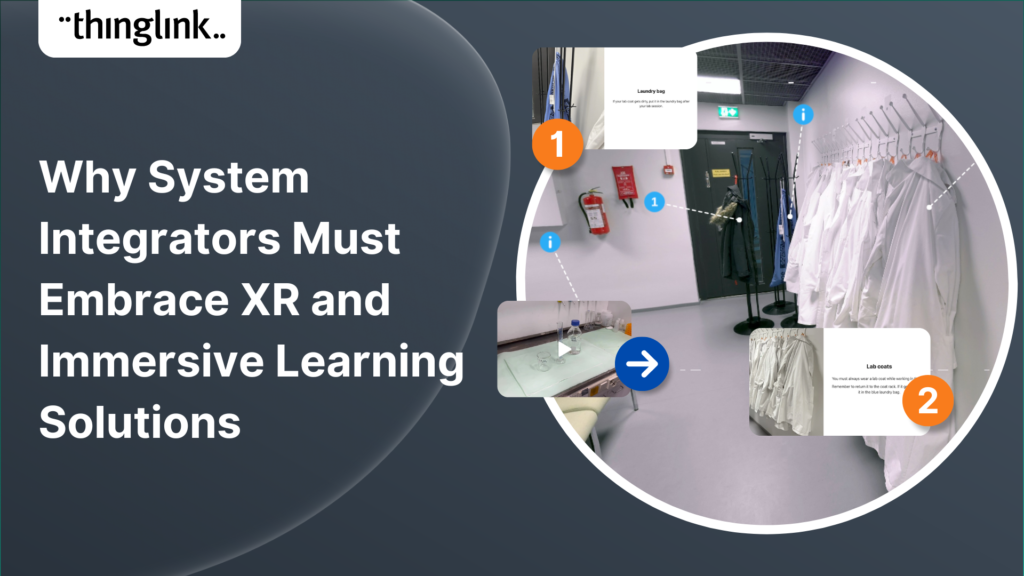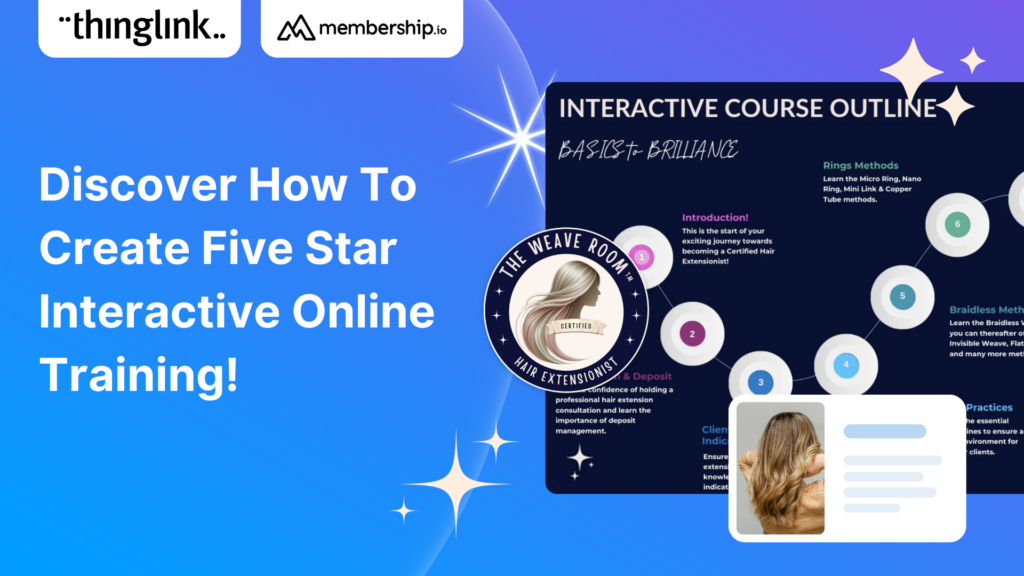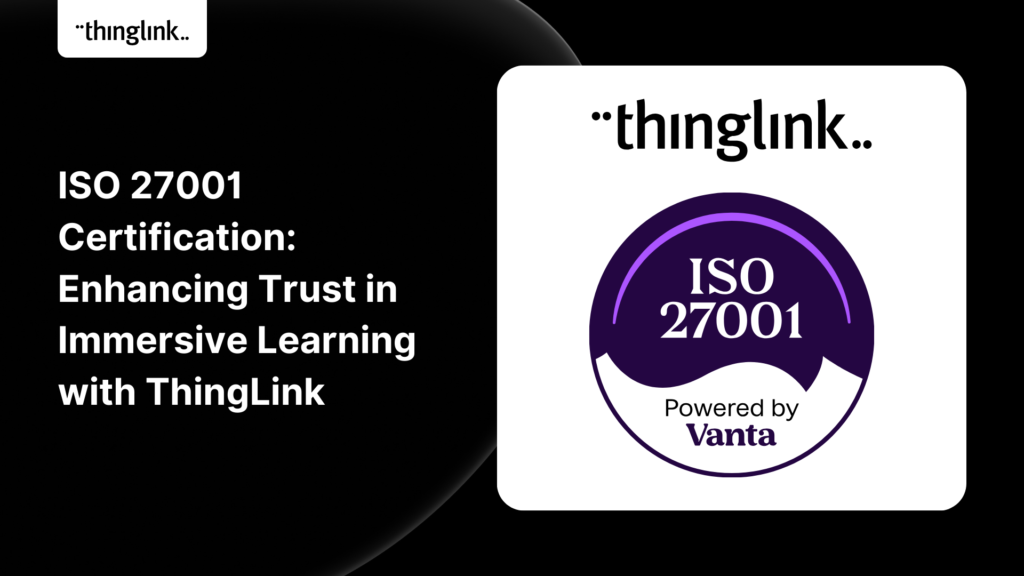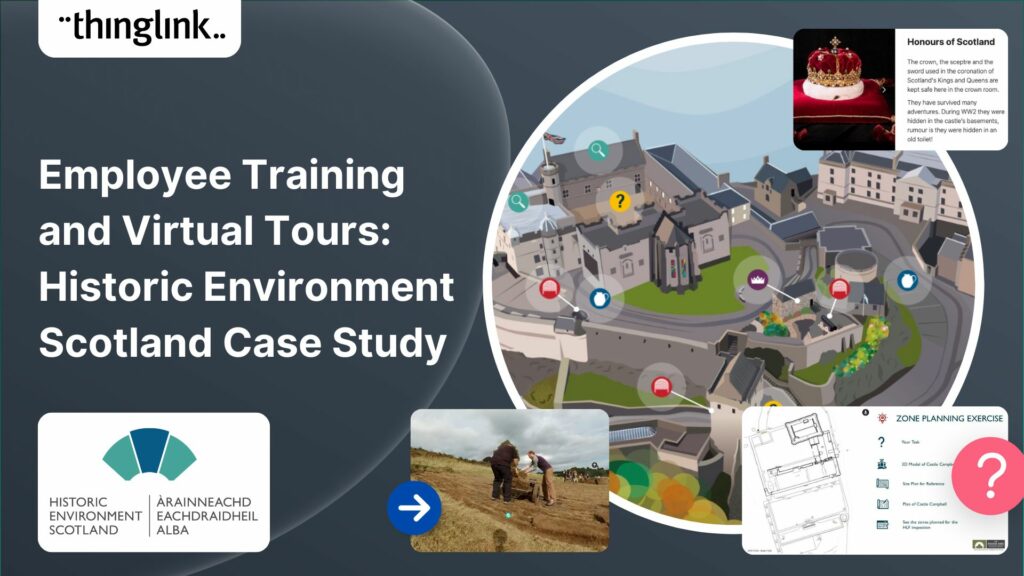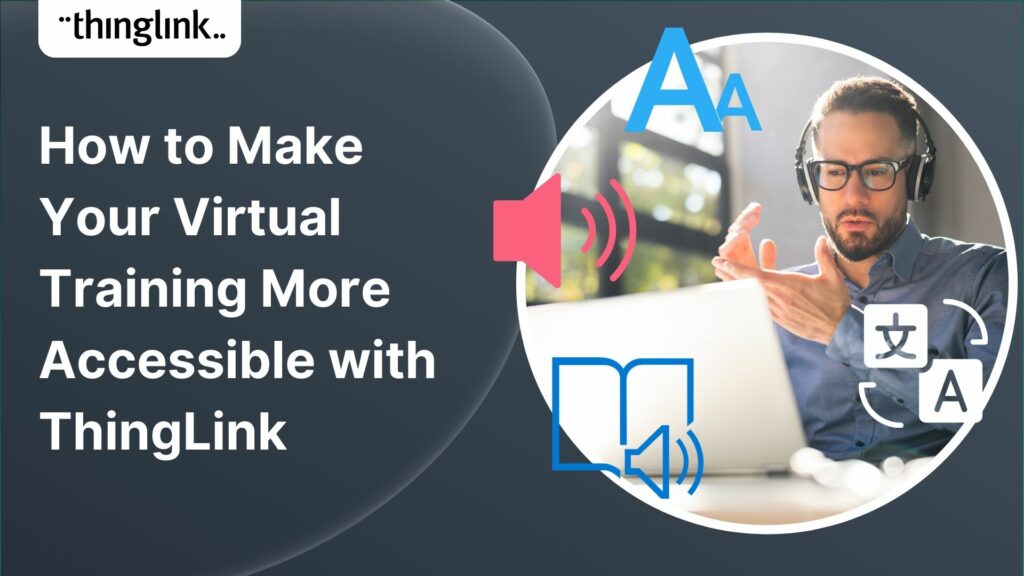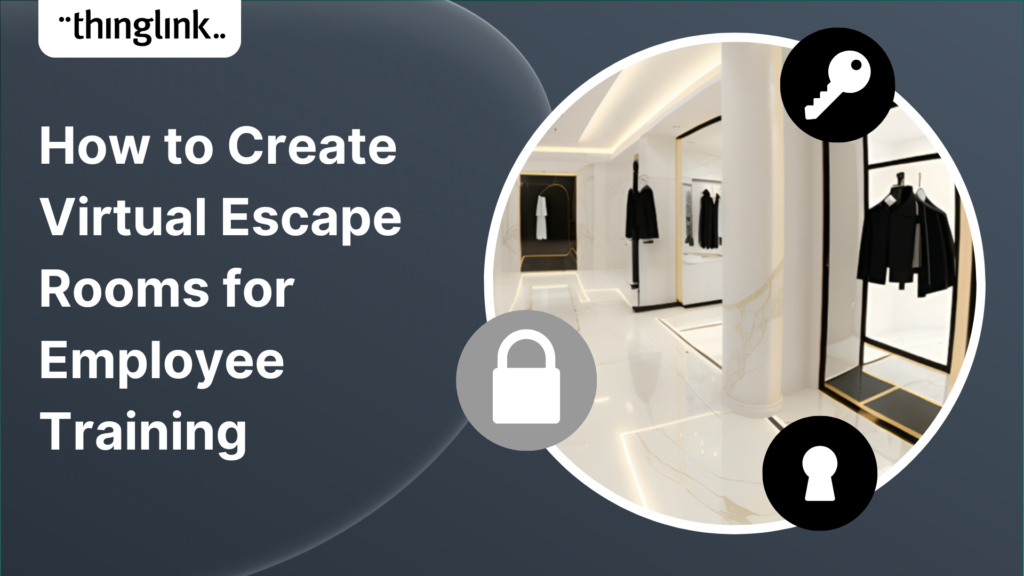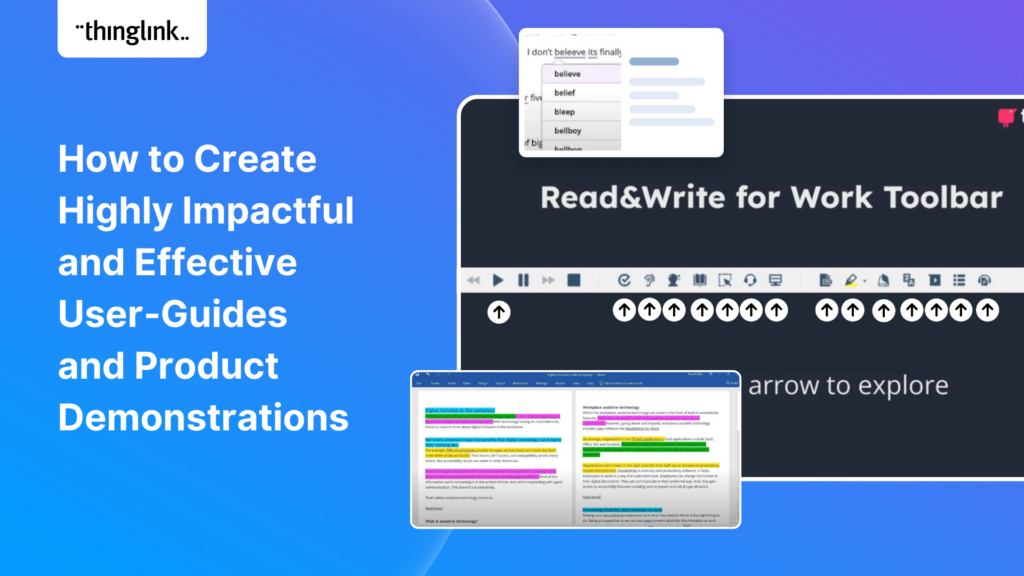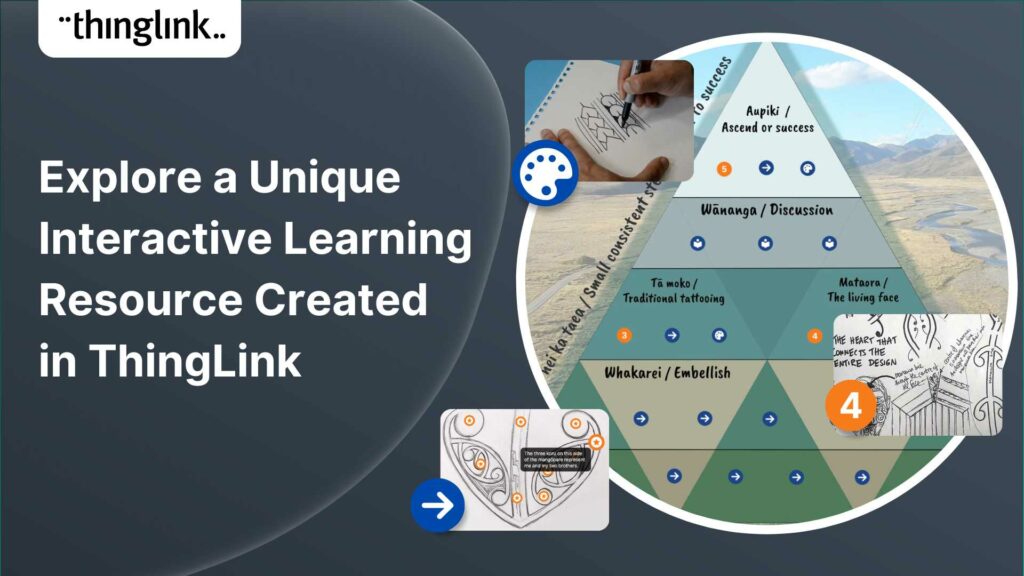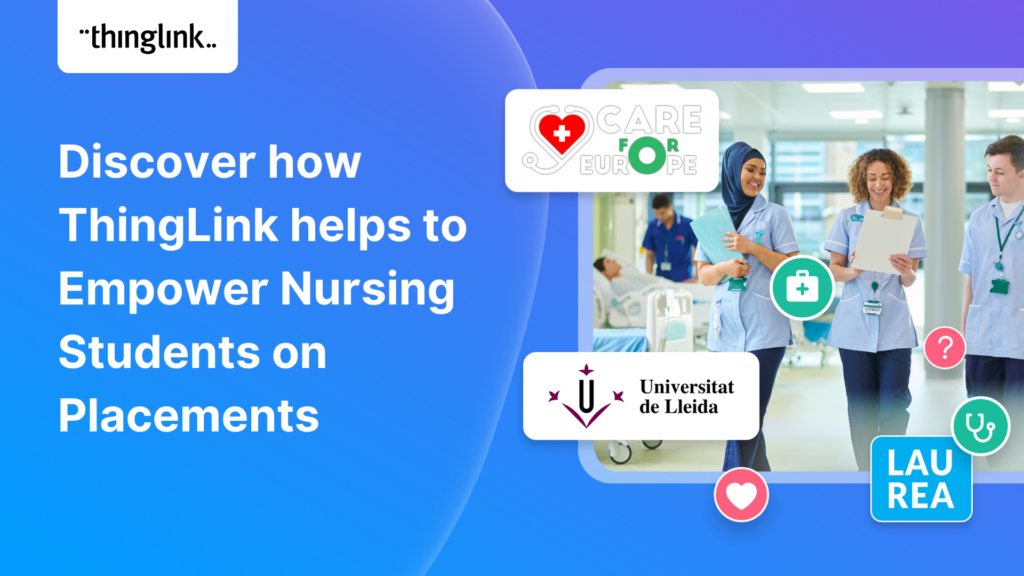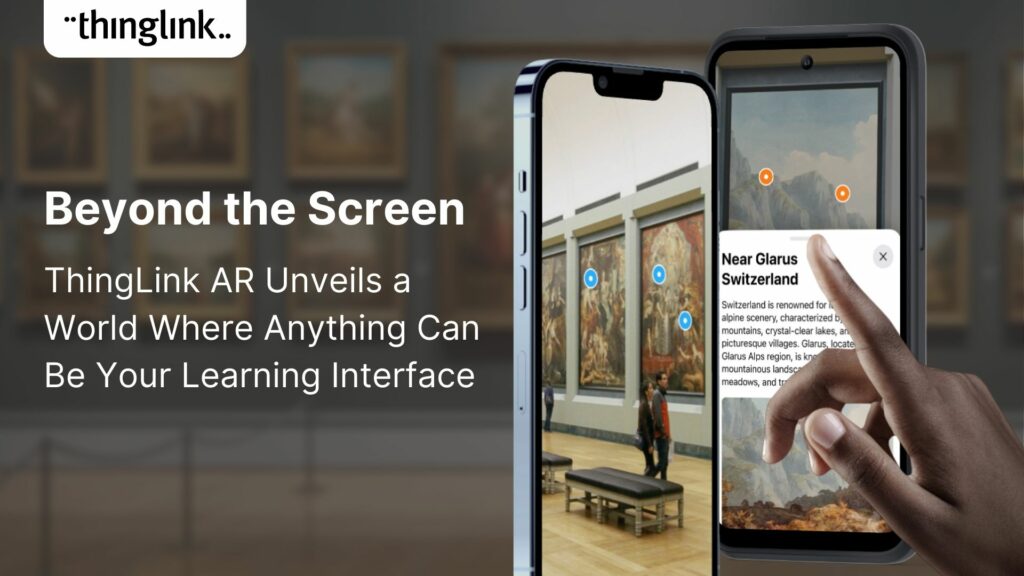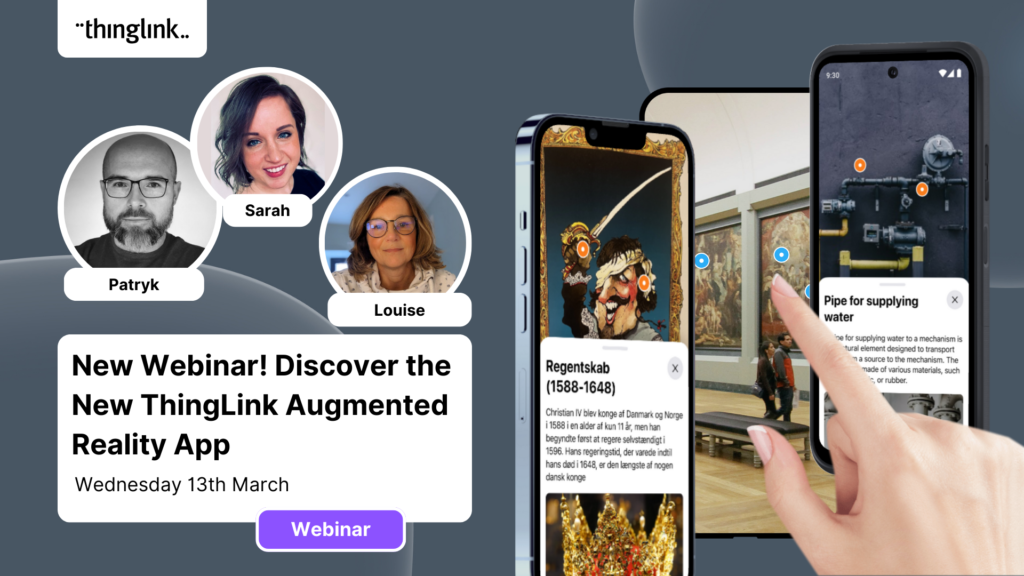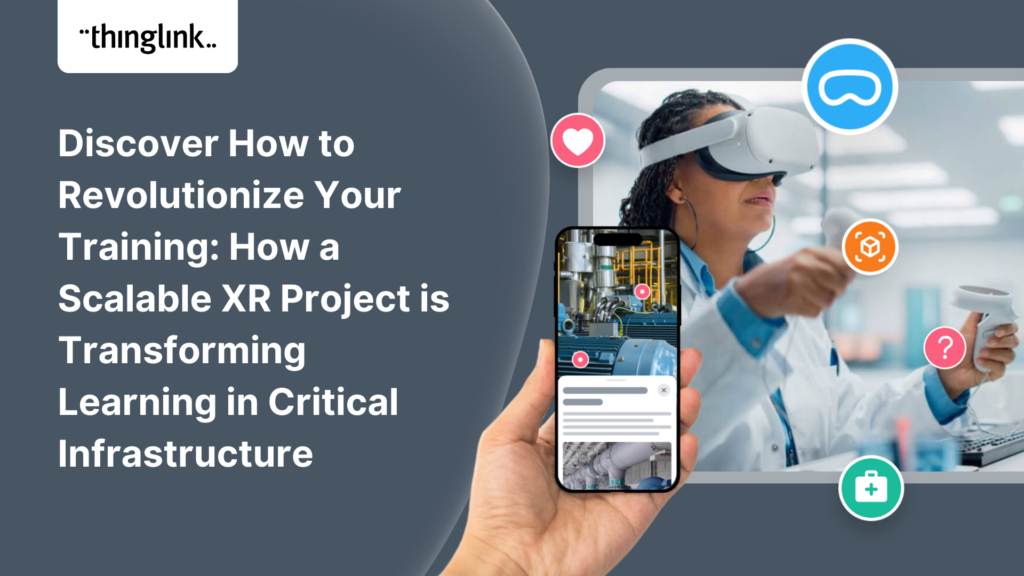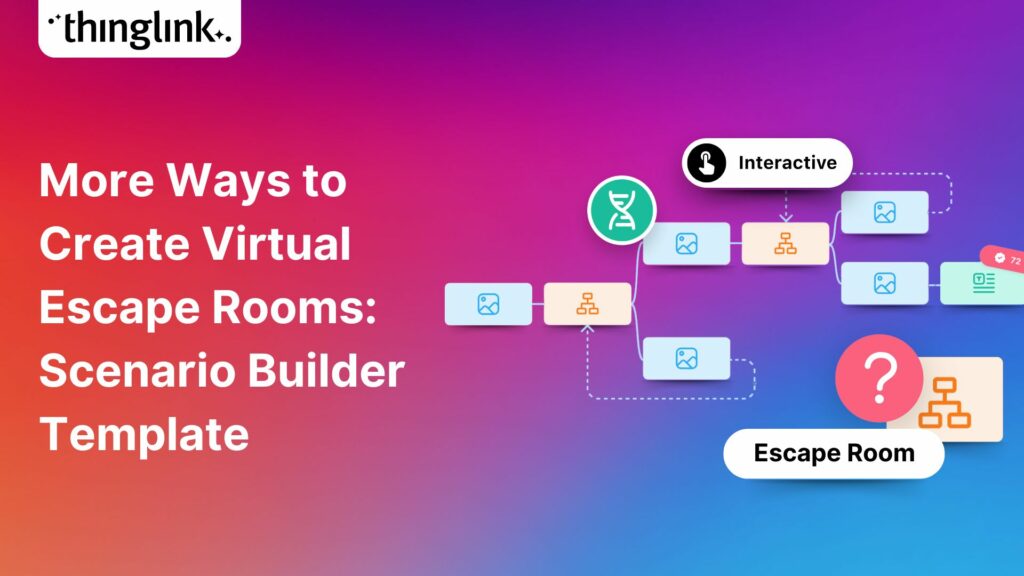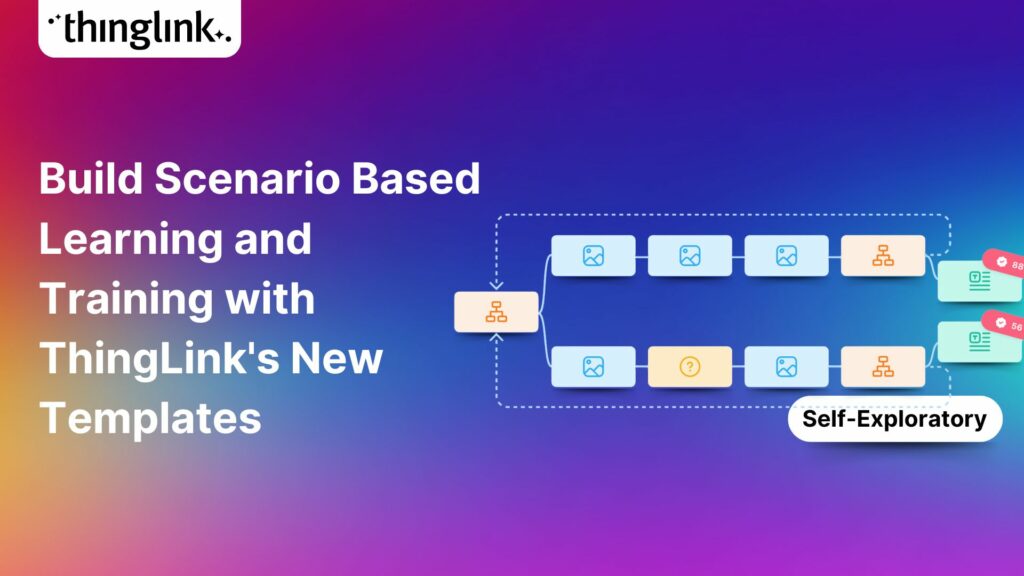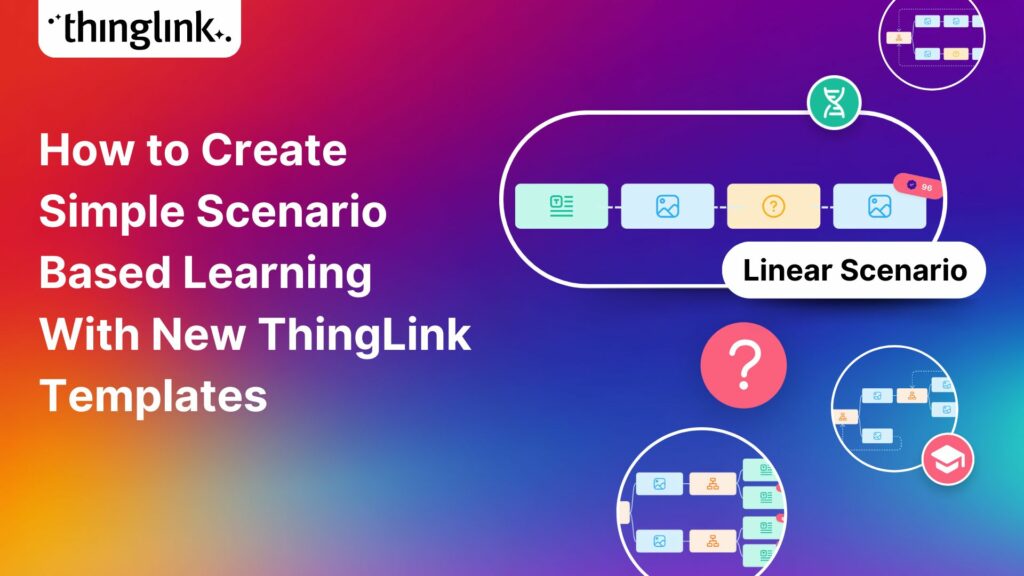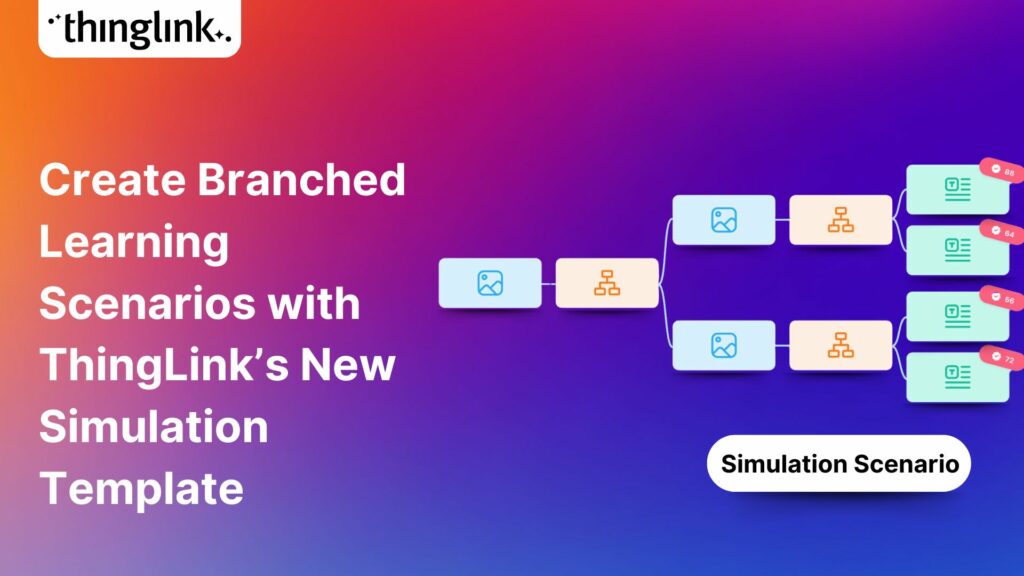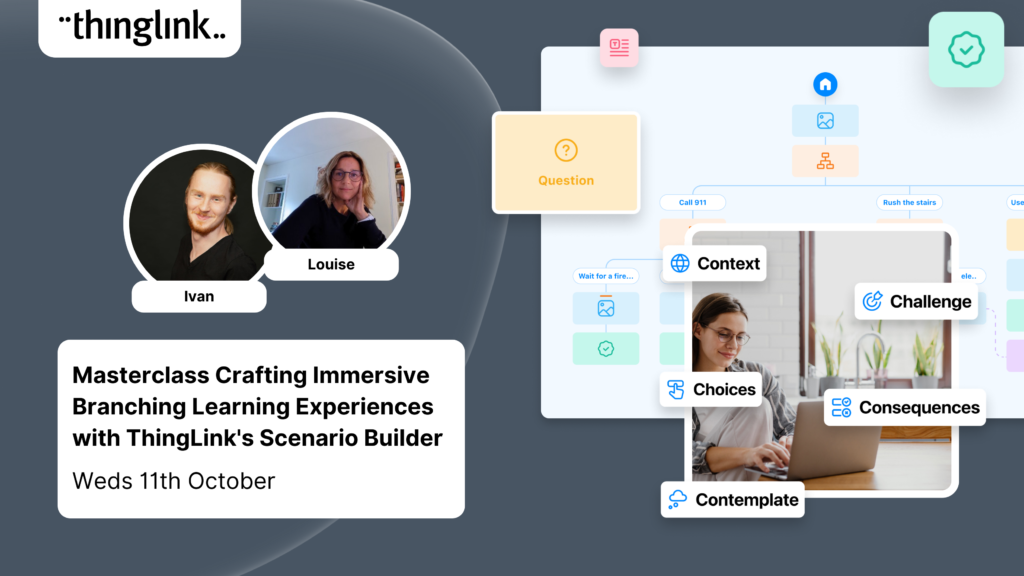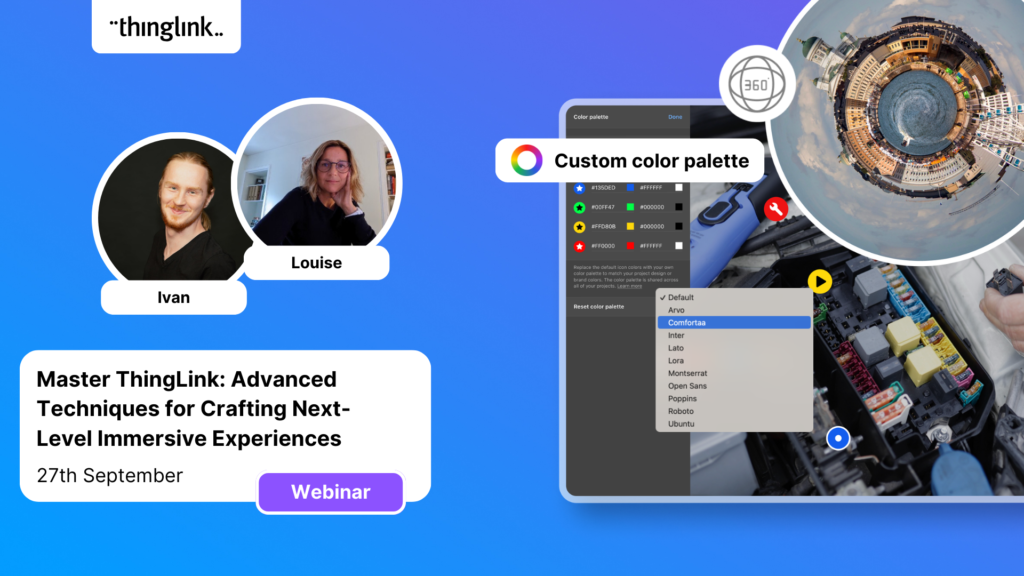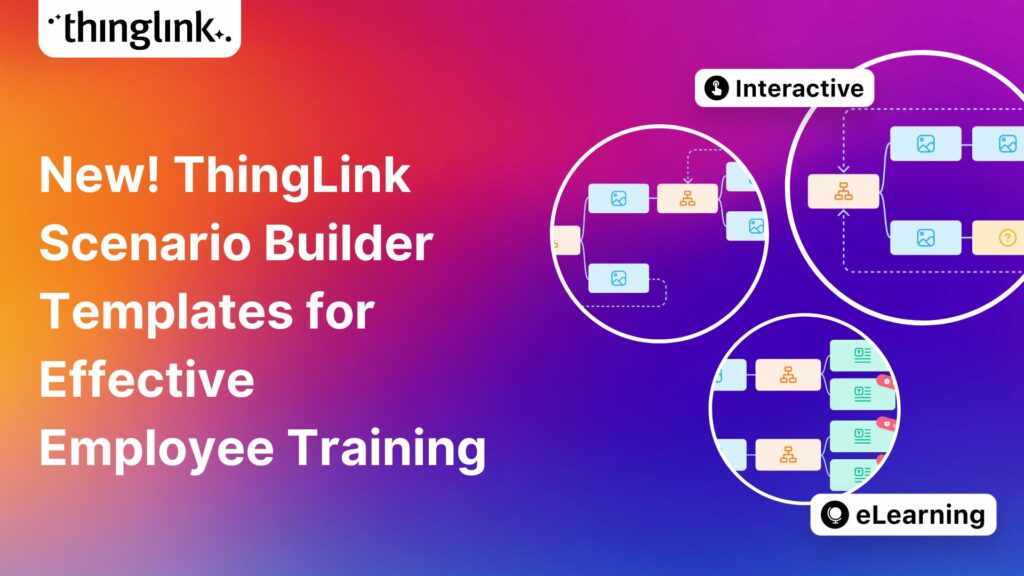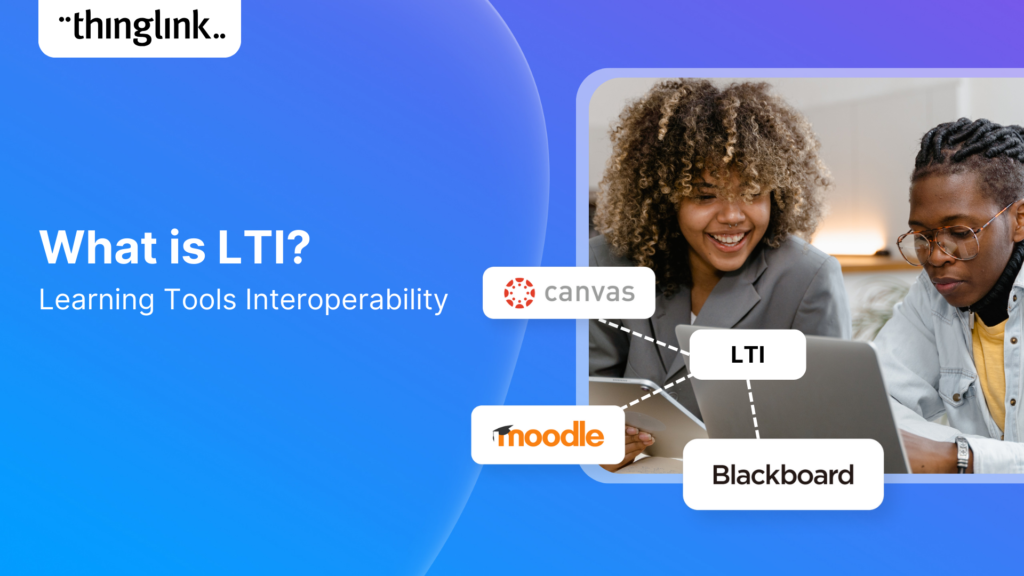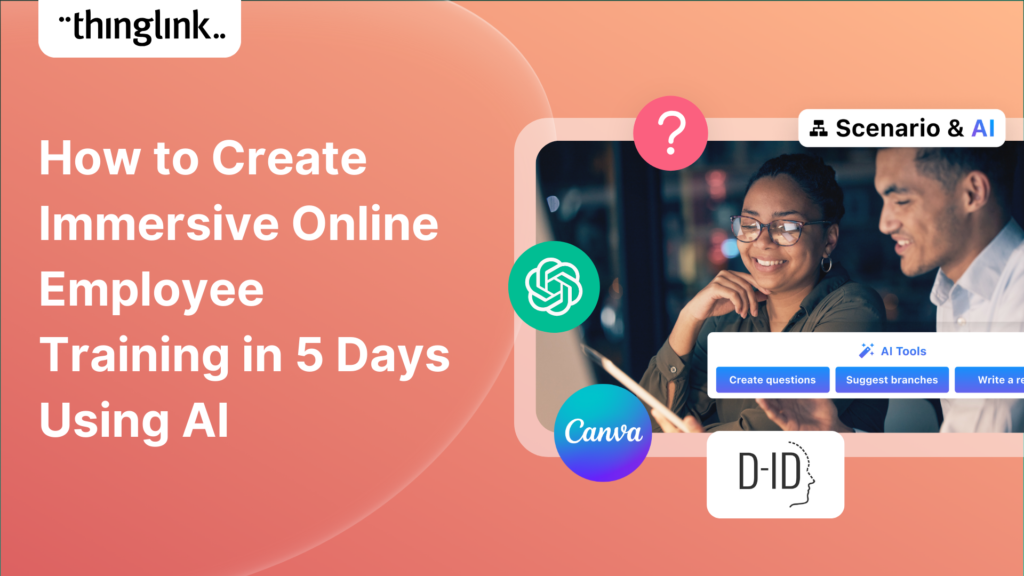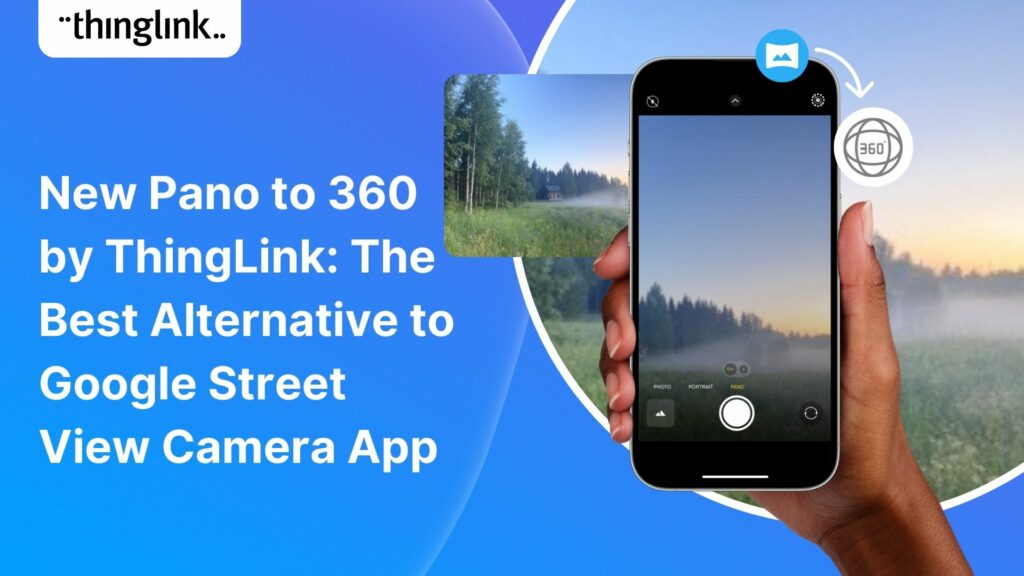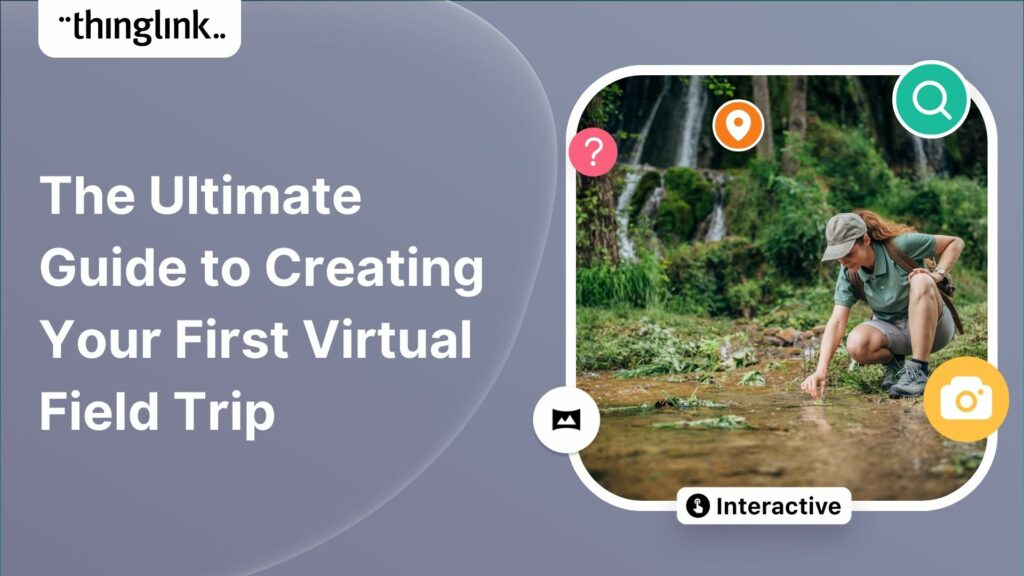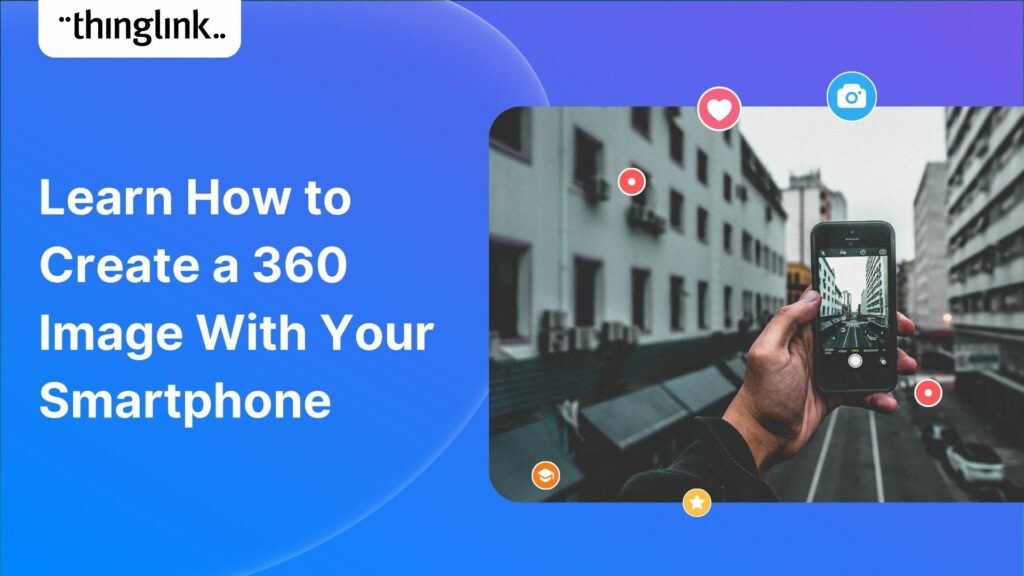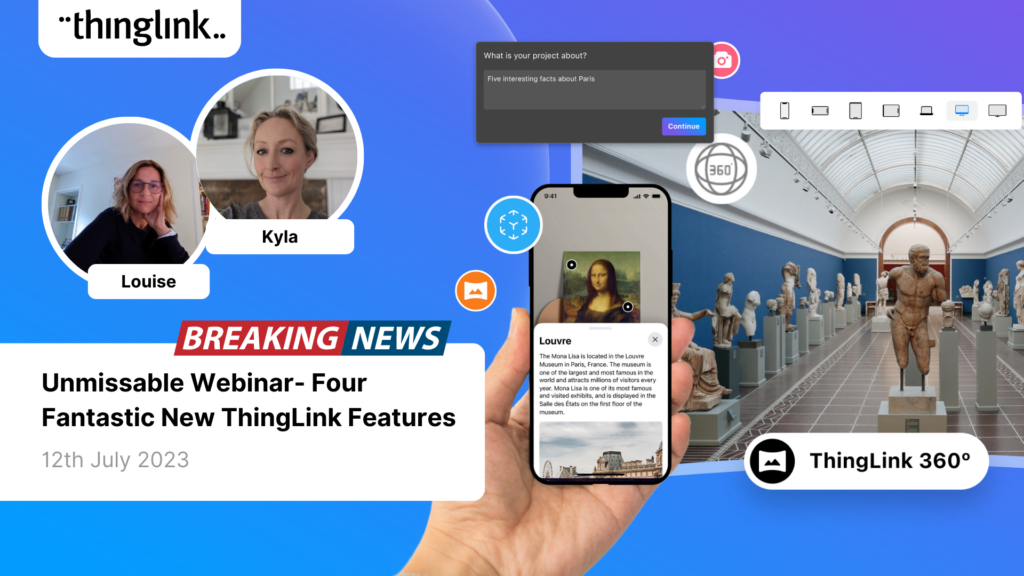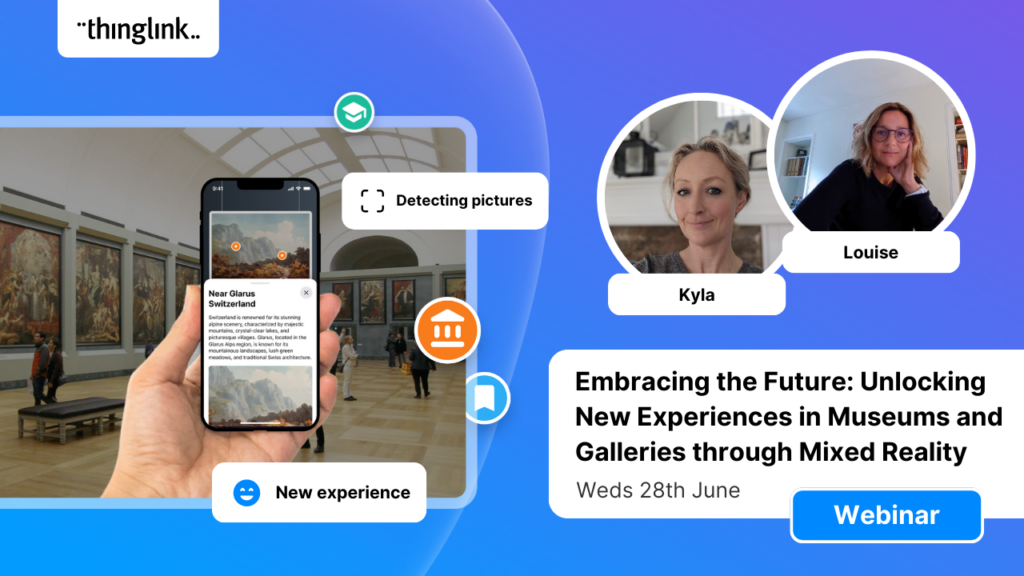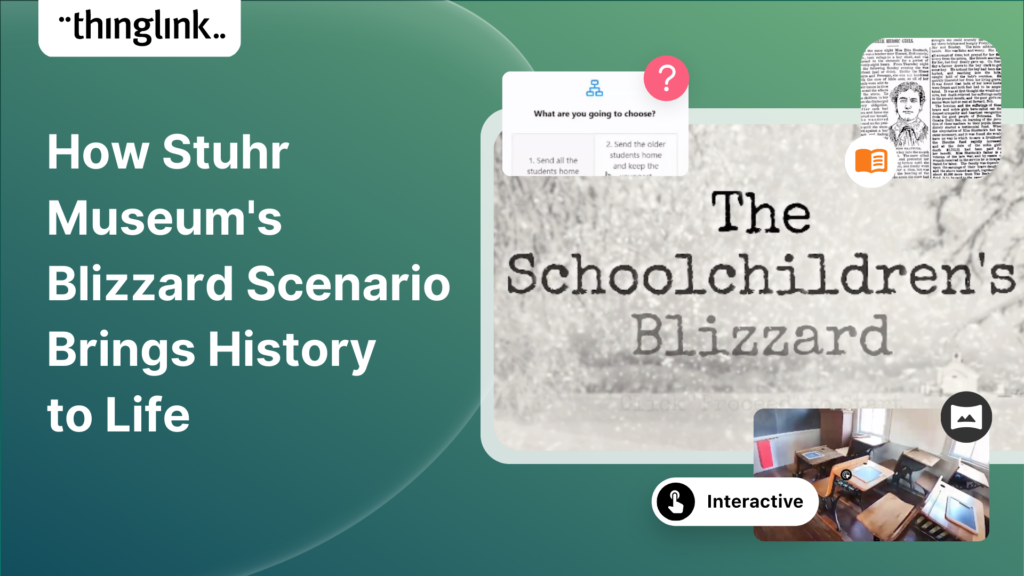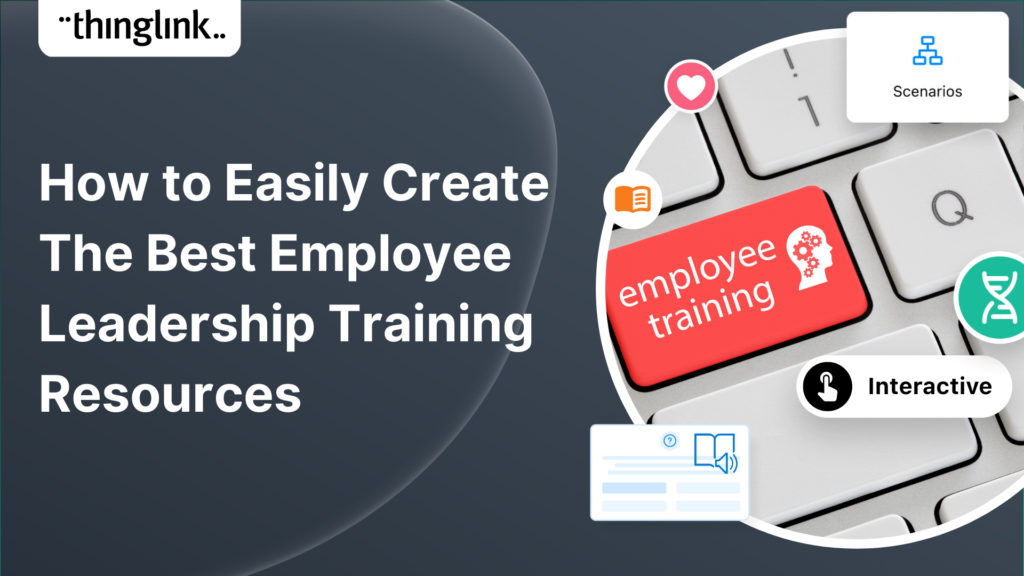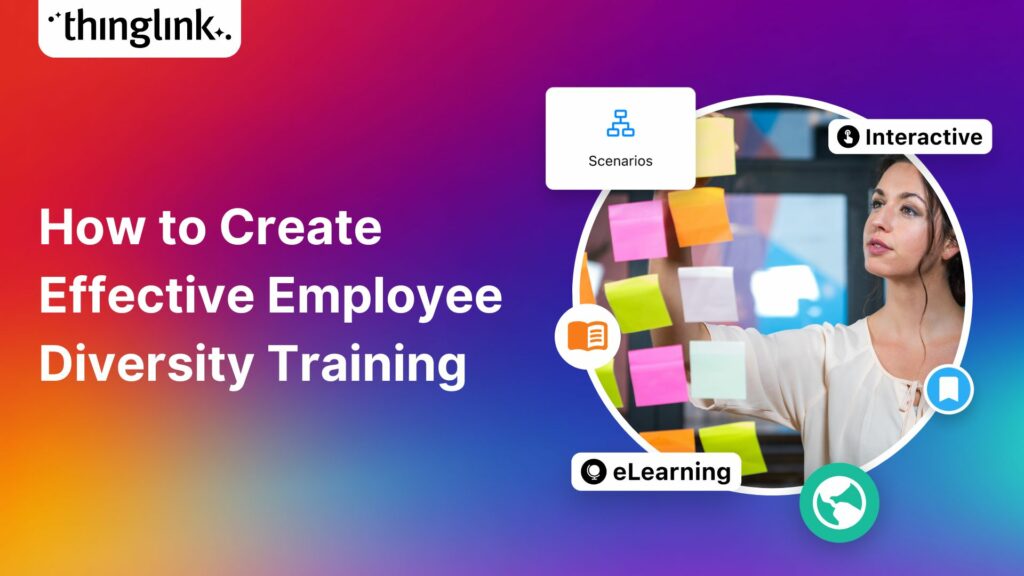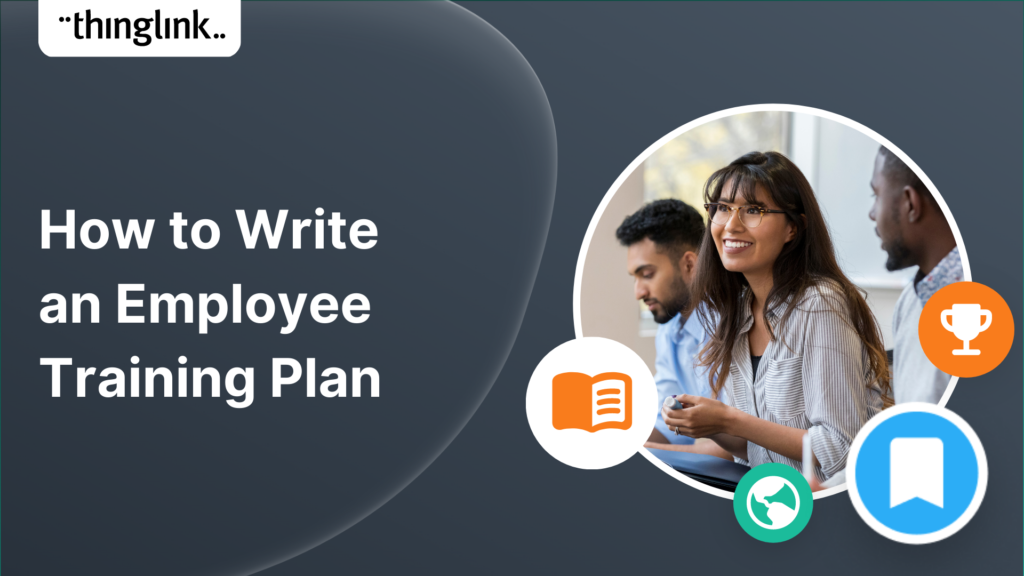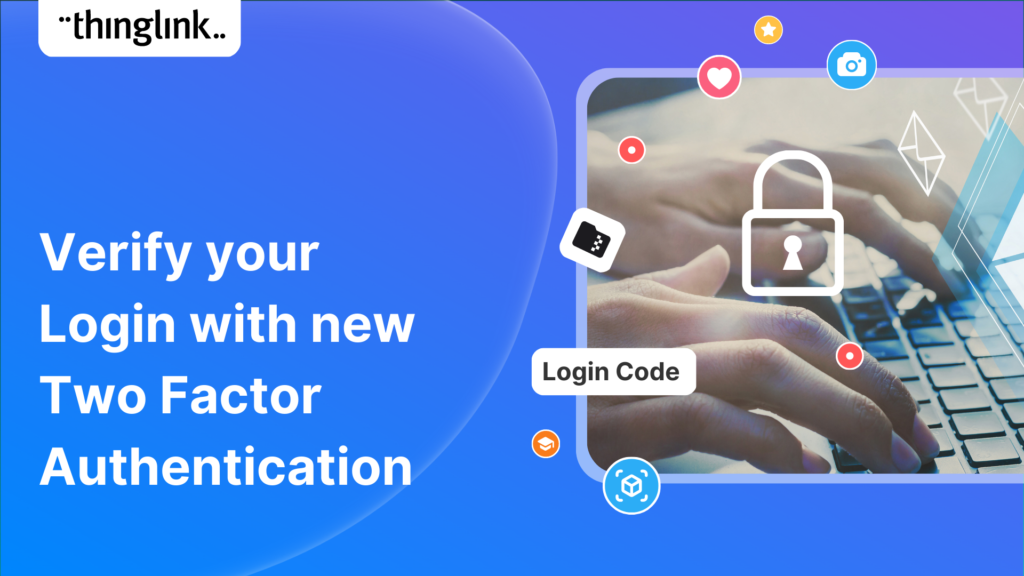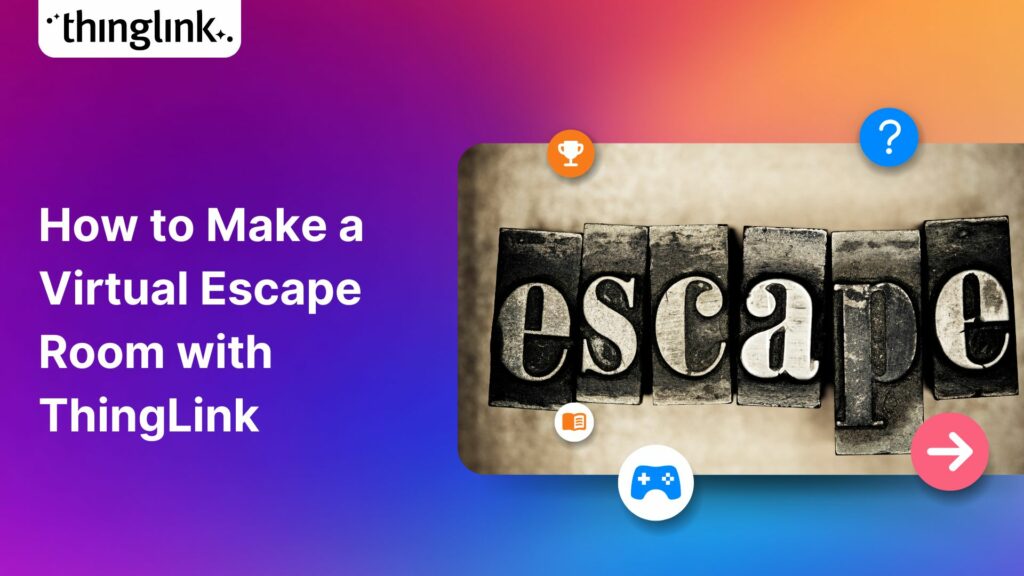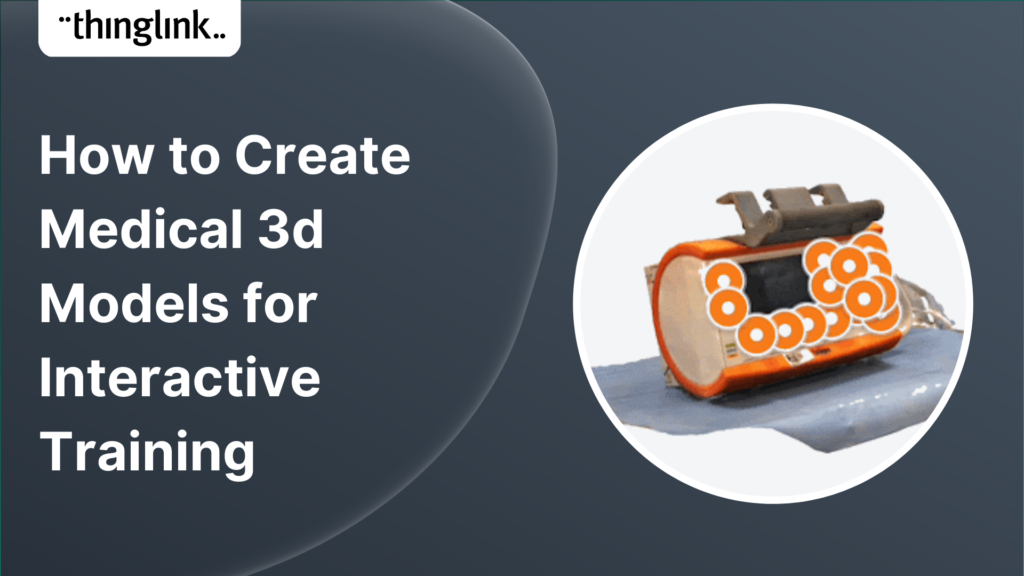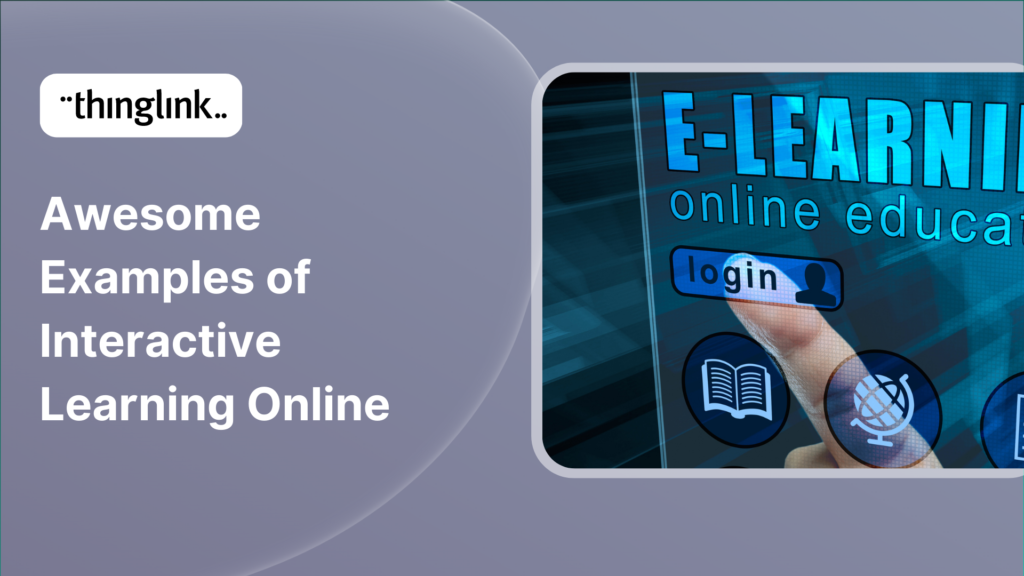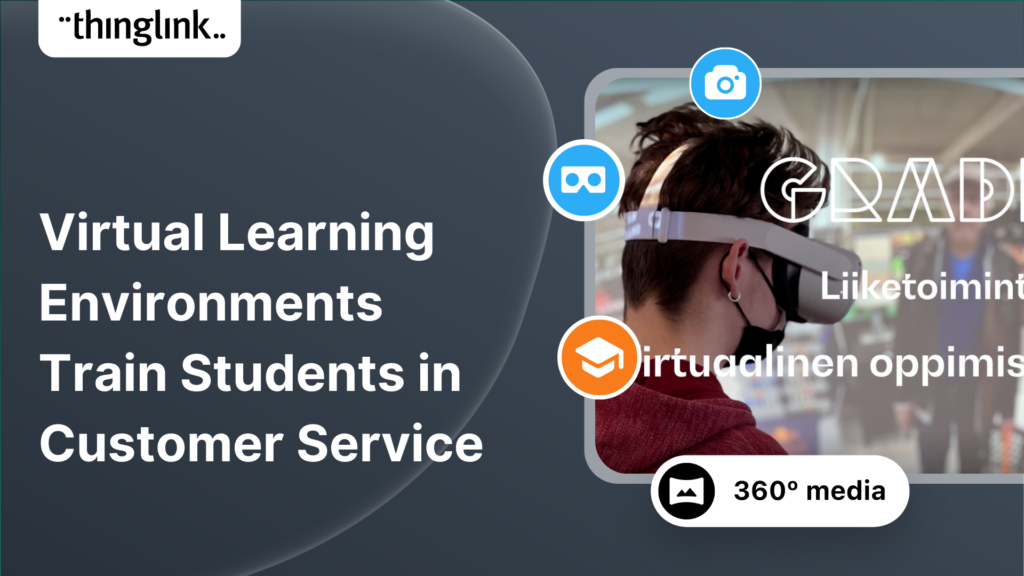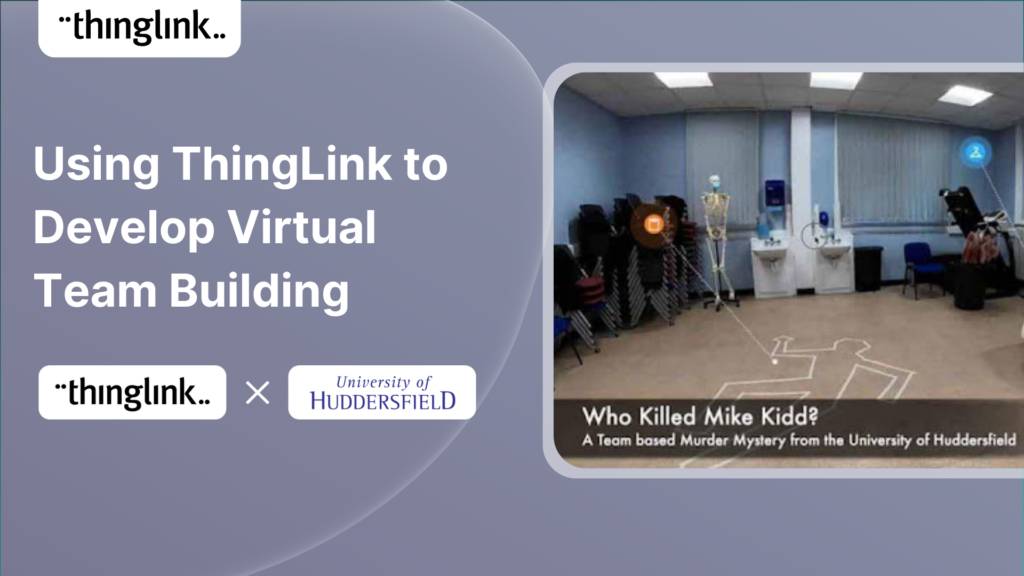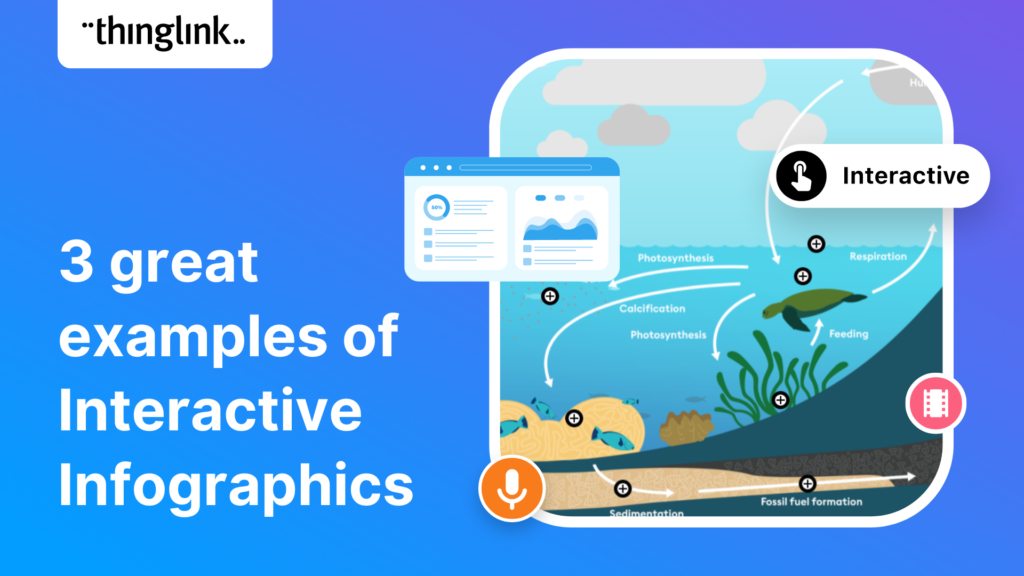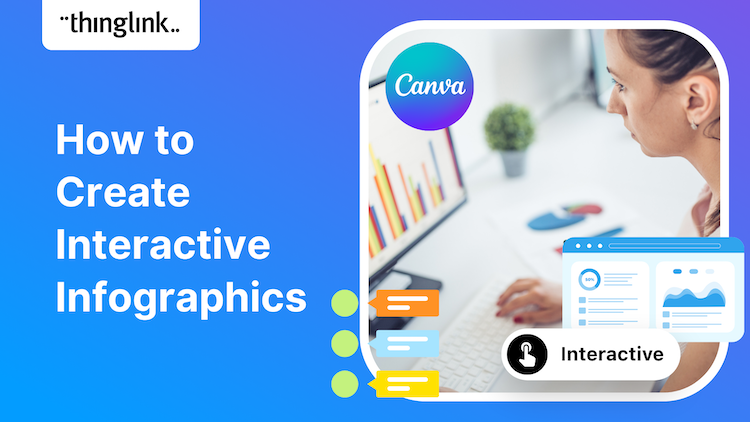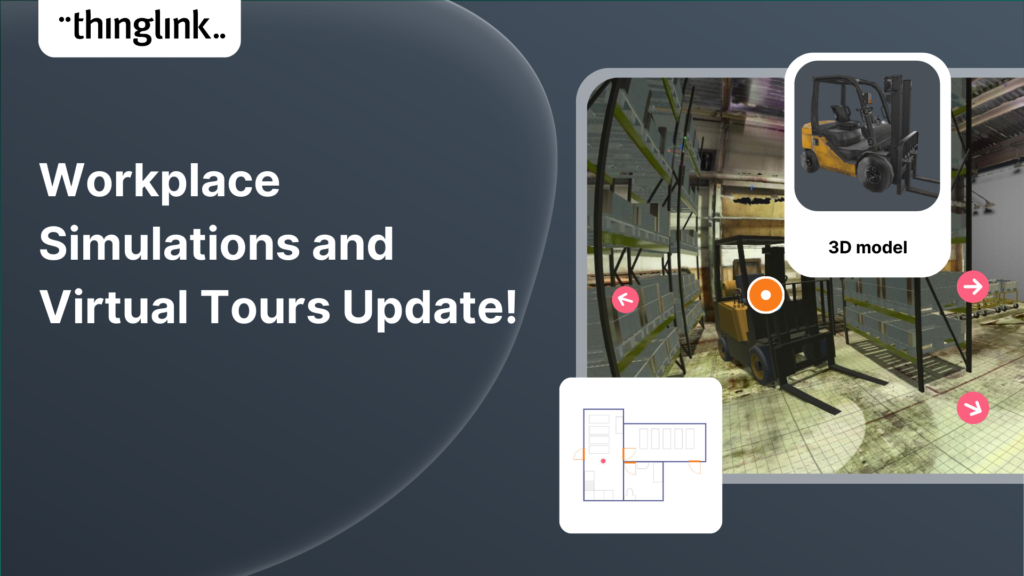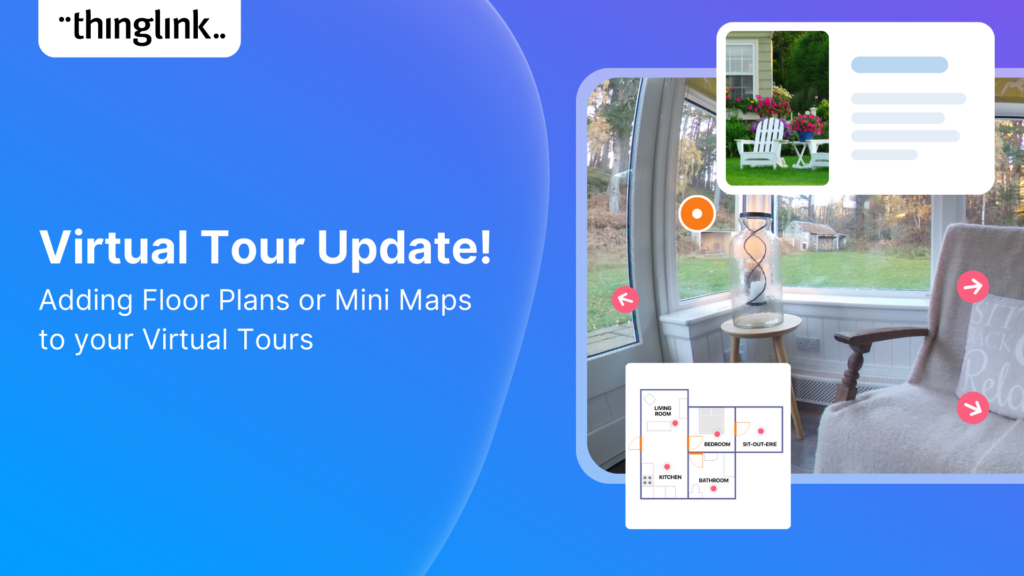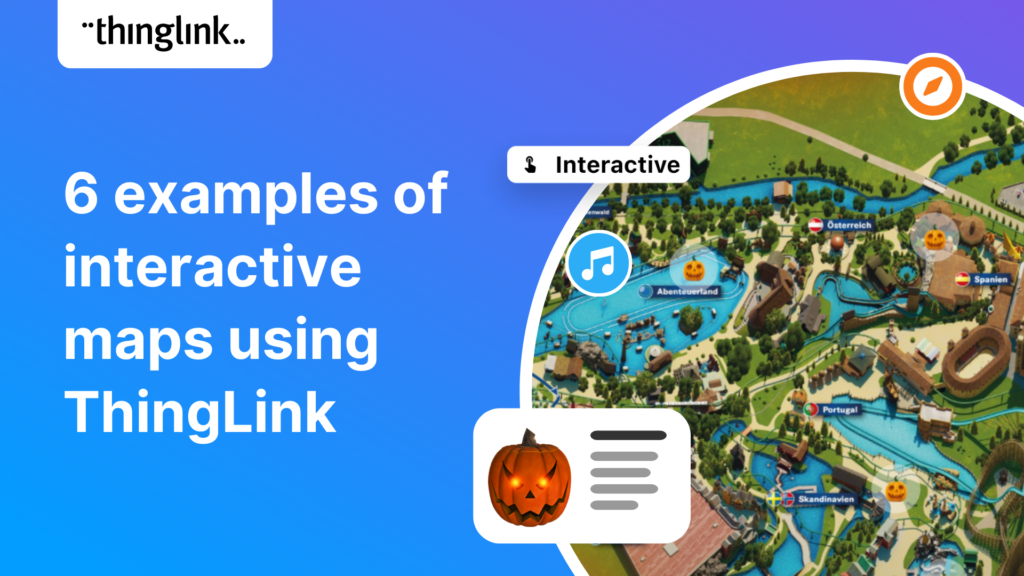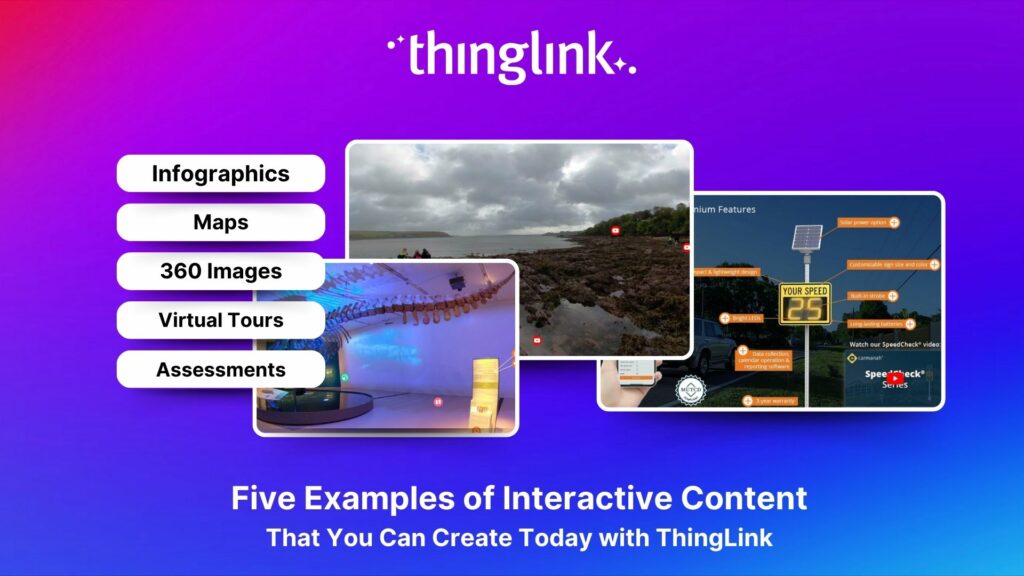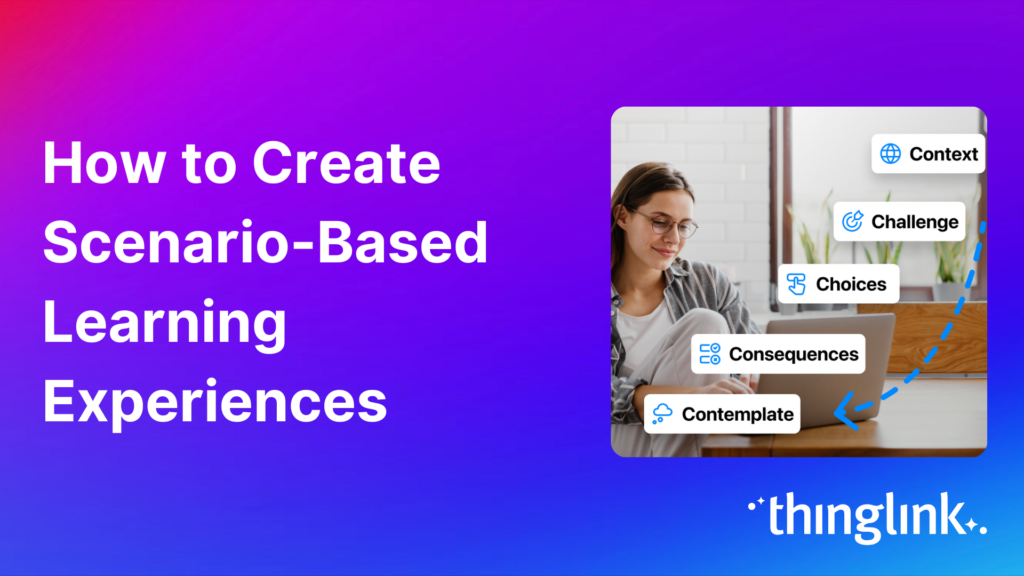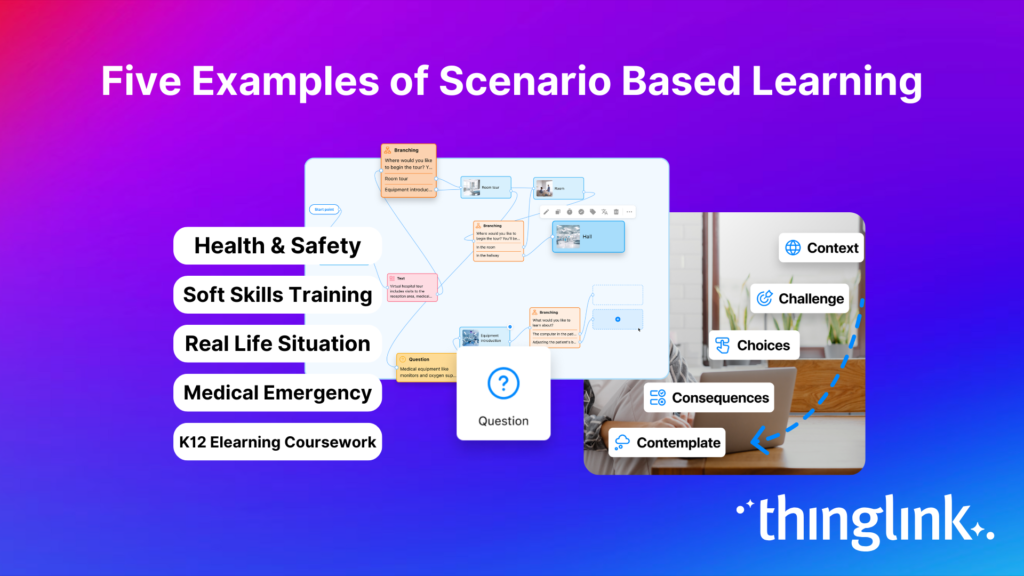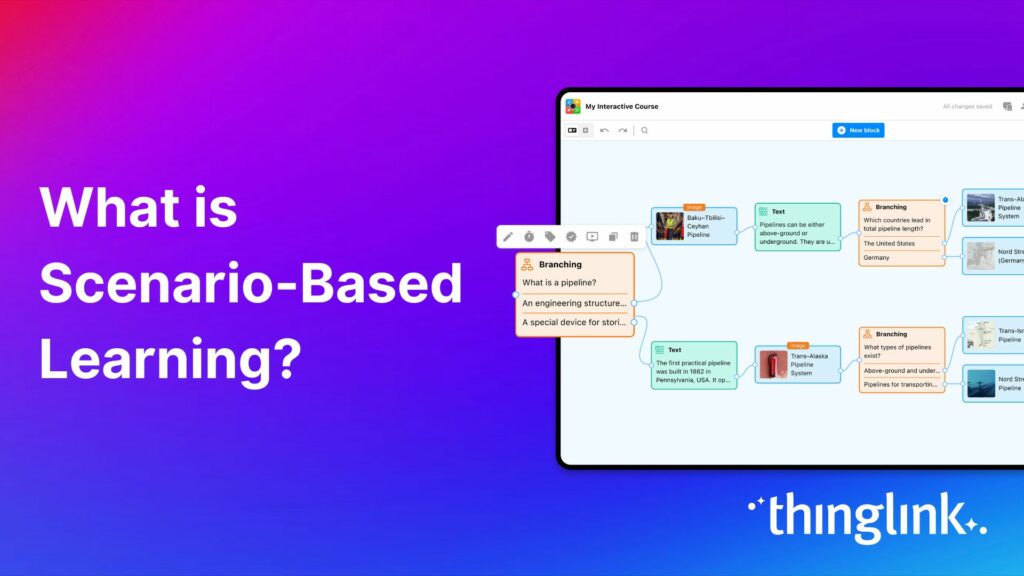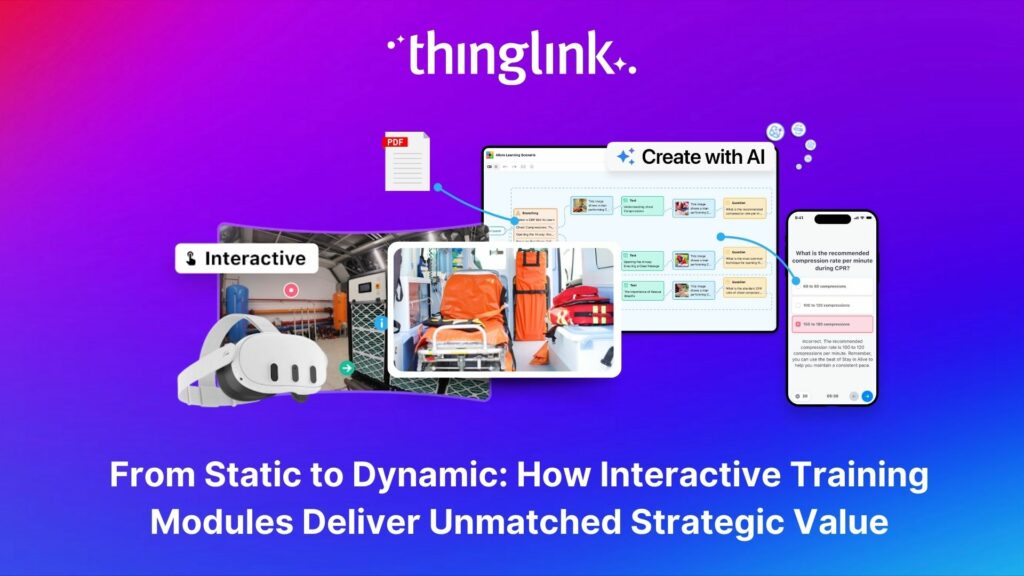
From Static to Dynamic: How Interactive Training Modules Deliver Unmatched Strategic Value
As organizations transition from a Generation X-dominated workforce to one led by Millennials and Generation Z, the need to modernize training programs has become more urgent. This shift demands training solutions that resonate with digital natives, who value engagement, flexibility, and real-world applicability. Moving away from static PDFs and slide decks to interactive content is no longer optional—it’s essential for organizations striving to foster skill development, create meaningful learning experiences, and enhance retention.
Book a free consultation
If you’d like to learn more about how your company can save resources and effectively support employees with scalable XR and impactful training, schedule a free call with our Enterprise Executive.
Why Traditional Training Falls Short
Static training materials, like PDFs, have long dominated learning environments across industries, especially in onboarding, safety training, and technical skill development. However, these materials often fail to meet the needs of modern learners. The key challenges include:
- Lack of Engagement
Learning processes built on static documents fail to incorporate interactive elements, leading to reduced focus and knowledge retention. - Difficulty Visualizing Concepts
Text-heavy materials lack the animations and multimedia required to visualize complex workflows or operations, hindering the learning of real-world applications. - Cognitive Overload
Overwhelming learners with jargon-filled, dense text leads to inefficiency and poor decision-making. - Limited Accessibility
Static formats fail to accommodate different learning styles or address the needs of individuals with disabilities, creating barriers to learning opportunities. - Absence of Real-Time Feedback
Without simulations, quizzes, or assessments, learners cannot test their understanding or receive corrective guidance during the learning process.
Interactive Training: A Game-Changer for Modern Learning
Interactive training modules transform static content into dynamic, engaging learning experiences. By implementing interactive platforms, organizations can integrate e-learning advancements such as simulations, real-time feedback, and gamification. These features foster critical thinking, problem-solving, and practical application.
Key Features of Interactive Modules:
- Multimedia and Animations: Replace static visuals with dynamic representations of complex processes.
- Simulations: Provide hands-on training opportunities in a virtual, safe learning environment.
- Interactive Elements: Engage learners with clickable hotspots, quizzes, and templates that encourage active participation.
- On-Demand Access: Modules are accessible via smartphones, making learning programs flexible and accommodating.
Real-World Impact
Comparative Case Study: The Power of Immersive Learning Environments
About a year ago, one of ThingLink‘s largest enterprise customers in Finland conducted two comparative studies, where they evaluated learner performance after classroom training, small group training and self-paced immersive learning. The first study involved a technical device assembly test and the second involved operational skills training in the medical room of an ambulance.
Technical Device Assembly:
The first group of learners were given access to a printed product manual during a classroom instruction session with an experienced trainer. The other group used an interactive virtual environment created with ThingLink. After testing for speed and accuracy, the results were surprising:
- The virtual training group performed 4 times better than the classroom-trained group.
- 20% of classroom learners failed to pass the test, while all virtual learners succeeded.
Operating a Medical Ambulance:
The first test group (3-4 people) were trained by an expert inside the medical area of an ambulance. The other used an interactive 360-degree module of the same medical area showing the location and function of the different devices.
- The learning results were identical between both groups.
- The key difference was the organization cost. The customer noted that for the price of one in-person training session, they could develop an immersive module capable of training hundreds of times more learners – in the same time taken to previously train 3-4 learners. The potential for improved adaptability and cost savings were immense.
Strategic Benefits of Interactive Training
Short-Term Benefits:
Enhanced Retention and Engagement
Incorporating interactive elements like quizzes and gamification fosters higher levels of learner progress and retention.
Scalability and Accessibility
Interactive modules accommodate different learning styles and ensure inclusivity, meeting the needs of learners with disabilities or language barriers. Content can be almost instantly translated into additional languages to ensure alignment of global training. Mobile-friendly modules ensure training can be accessed anywhere, accommodating hybrid and remote workers.
“The new ThingLink Scenario Builder allows for rapid mapping of scenarios in multiple formats and situations; creating diverse situations with corresponding results was seamless. The end-of-scenario summary allows learners to receive feedback in the moment.”
Jason O’Brien – Senior Instructional Designer – Global Retail Learning, New York, Tiffany & Co.
Efficient Onboarding and Upskilling
With online courses and self-paced formats, organizations can reduce training time while maintaining high-quality results. Standardized interactive modules ensure every learner receives the same high-quality training, minimizing regional or trainer-to-trainer variations.

Case Study: Norelco’s virtual training creates efficiencies
Norelco reported time and cost efficiencies by standardizing staff training across geographically dispersed sites nationwide.
Long-Term Benefits:
Sustainability
Digital-first approaches eliminate printing and logistics costs, contributing to environmental and financial sustainability.
Data-Driven Insights
Modern learning management systems (LMS) track learner progress, metrics, and engagement, enabling continuous improvement of training programs.
Future-Ready Workforce and Future-Proofed Learning
By leveraging artificial intelligence and machine learning, interactive training can be updated regularly to ensure that skill development keeps pace with the very latest industry standards, requirements and trends.

Case Study: Mitsubishi Electric UK’s Innovative VR Training
MEUK reports immediate cost-savings, time efficiencies and sustainability improvements from introducing interactive VR training with ThingLink.
The Path Forward: Implementing Interactive Training
To transition from static to dynamic learning, organizations should:
- Partner with LMS providers offering scalable solutions.
- Design learning objectives that align with business goals.
- Incorporate interactive elements like simulations, animations, and discussion forums into training materials.
- Use case studies and real-world applications to make learning relatable and impactful.
- Regularly assess learning outcomes with quizzes and analytics.
Conclusion: Unlocking Strategic Value
Transitioning to interactive training modules unlocks unprecedented value for organizations. By addressing the learning needs of today’s workforce, businesses can improve knowledge retention, enhance the user experience, and deliver cost-effective, scalable solutions. The era of static PDFs is over – embracing dynamic, immersive learning tools ensures your organization remains competitive in the evolving landscape of online learning and professional development.
How to Get Started: Creating a Phased Transition Plan
Modernizing training programs isn’t just an operational enhancement – it’s a strategic move toward a more adaptable, efficient, and engaging workforce. Transitioning from static, text-heavy materials to interactive modules unlocks immediate efficiencies while delivering long-term gains in productivity, employee experience, and skill development.
If your organization is ready to embrace this transformation, here’s how to begin:
- Identify High-Impact Use Cases
Start by focusing on training opportunities that deliver measurable results, such as product training, safety programs, or onboarding processes. These areas often have immediate visibility, making them ideal for demonstrating the value of interactive learning methodologies. - Prioritize Expensive or Logistically Complex Modules
Replace training formats that require significant resources for in-person organization. This includes sessions that involve travel, physical materials, or specialist trainers. Transitioning these to immersive learning environments can result in significant cost savings and scalability. - Track Cumulative Benefits
Monitor key metrics such as cost reduction, time savings, and improved learning outcomes. By demonstrating tangible results—like enhanced retention or faster skill development – you can build a strong business case for expanding interactive training across the organization. - Engage Executives and Align Strategic Goals
Early involvement of decision-makers ensures alignment between training modernization and long-term business objectives. Highlight how interactive e-learning supports sustainability, workforce readiness, and enhanced professional development to secure buy-in from stakeholders.
By starting with targeted initiatives and scaling strategically, organizations can transform their learning environments to meet the demands of today’s workforce while future-proofing for ongoing advancements in training technology. The transition to interactive learning materials is more than a change – it’s a leap forward in achieving operational excellence.
Speak to us today!
To learn more about how your company can increase efficiency, productivity and sustainability by switching to interactive training, schedule a free call with our Enterprise Executive.
